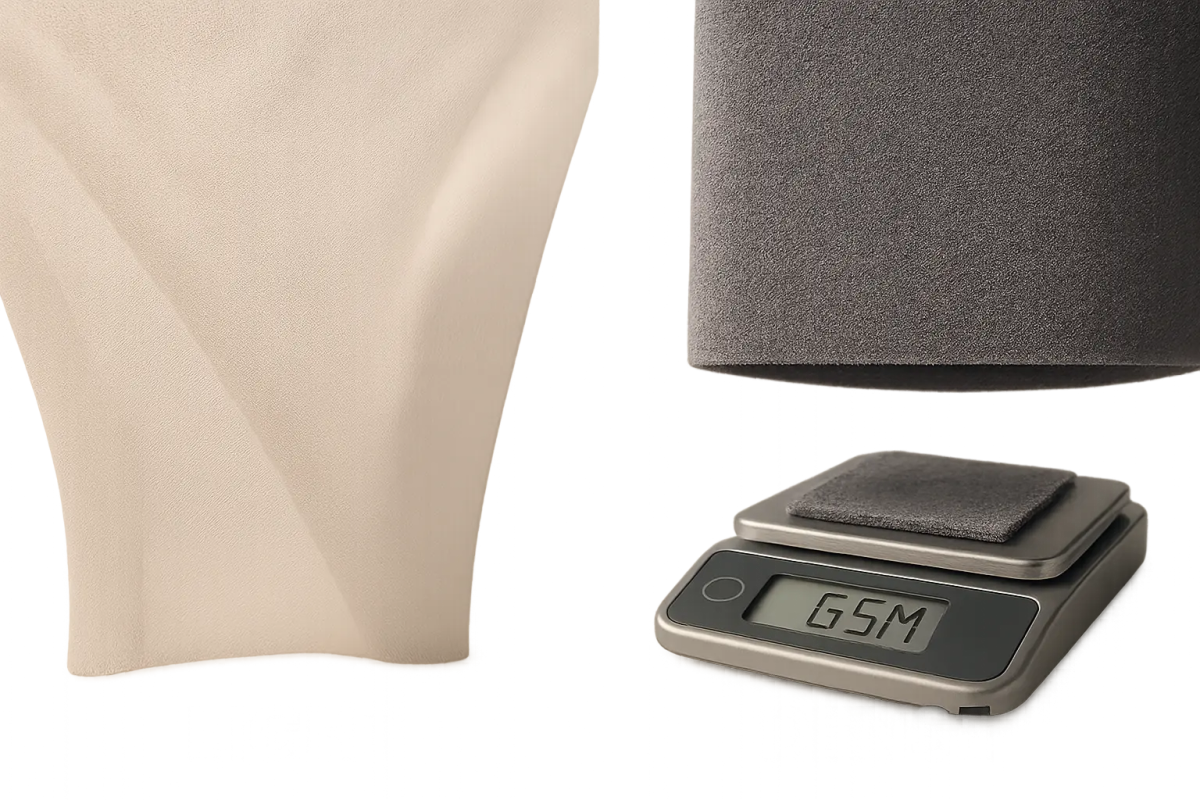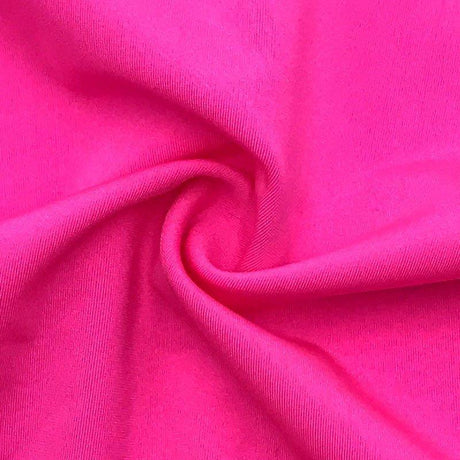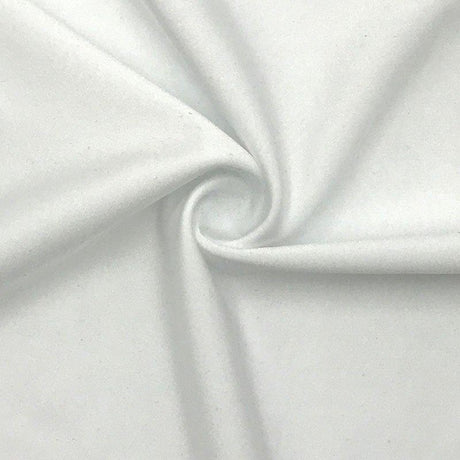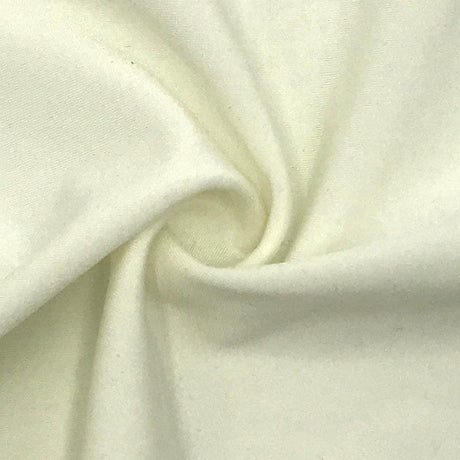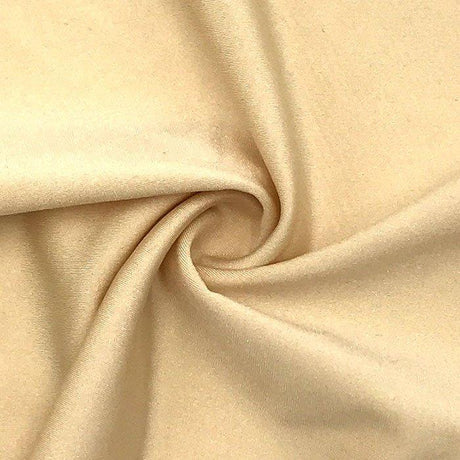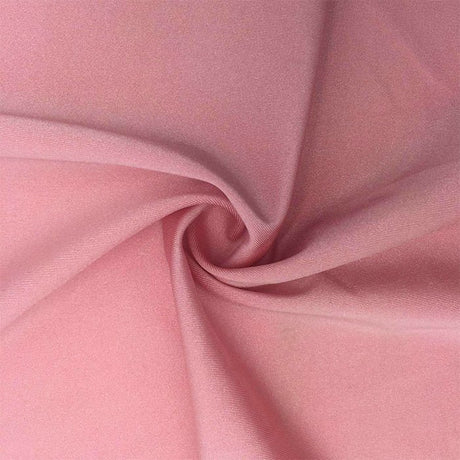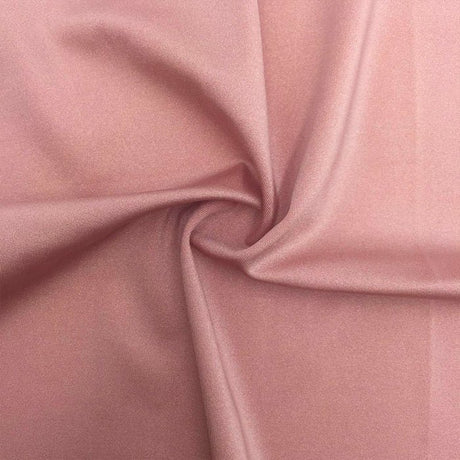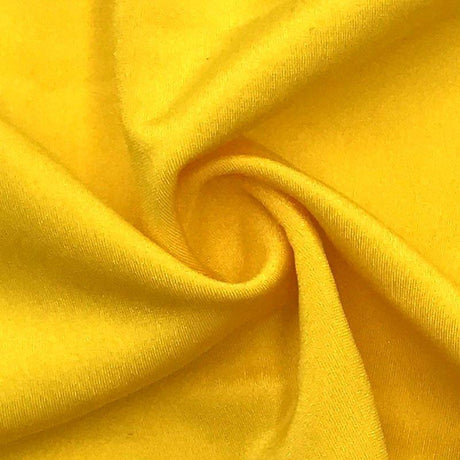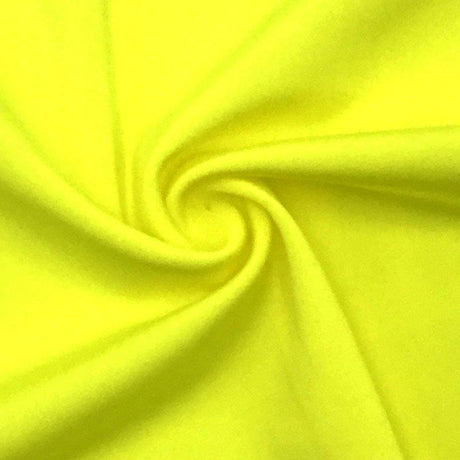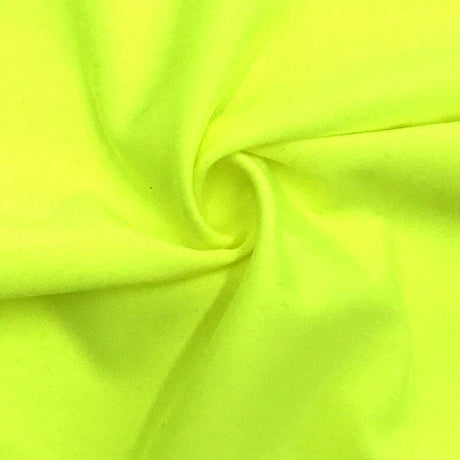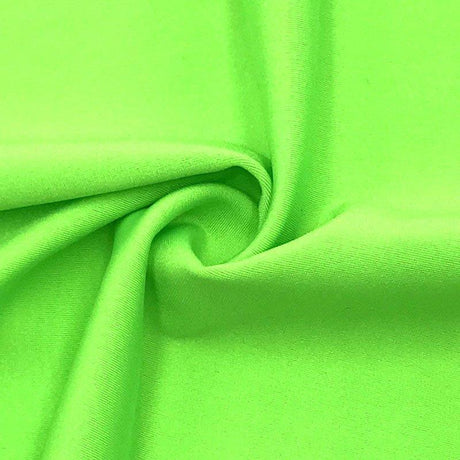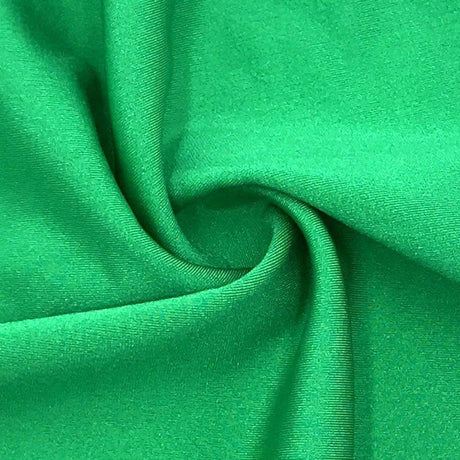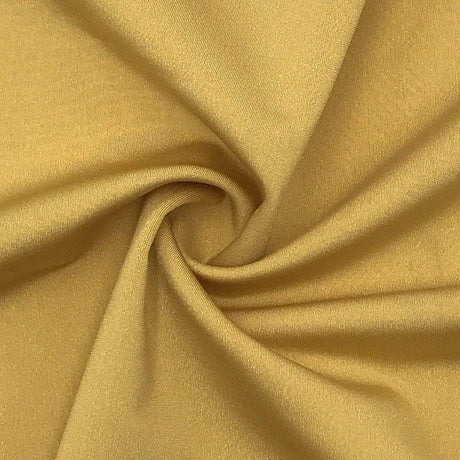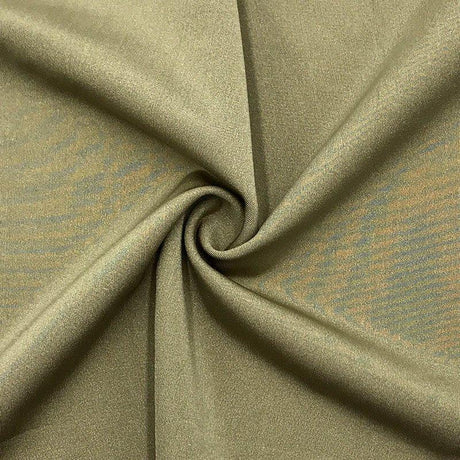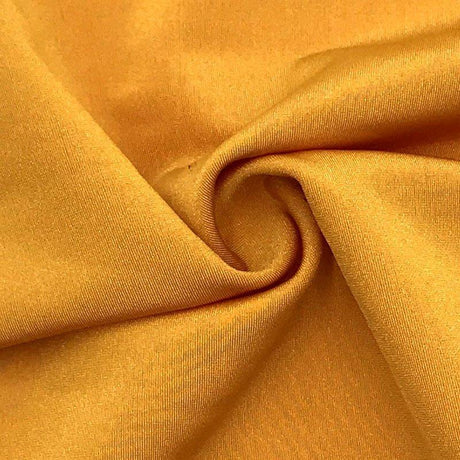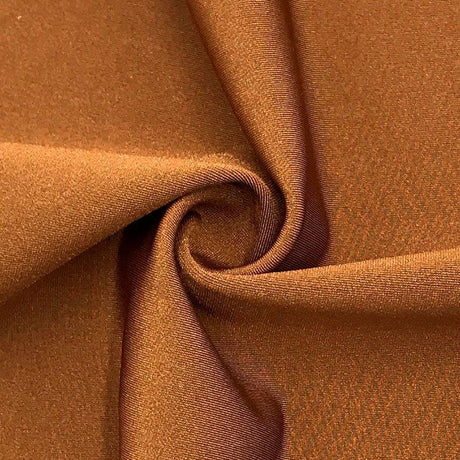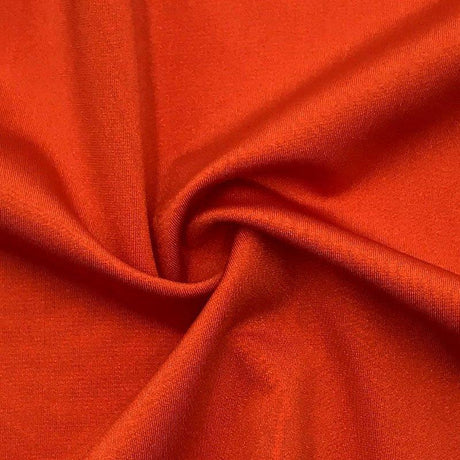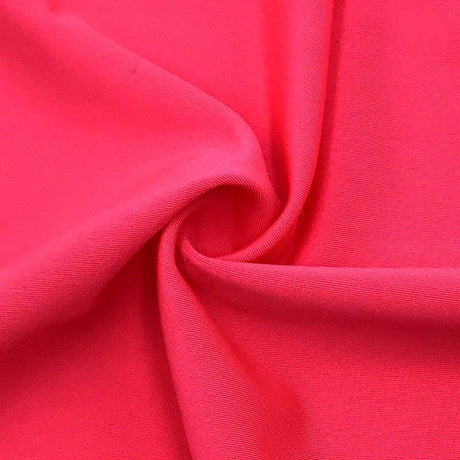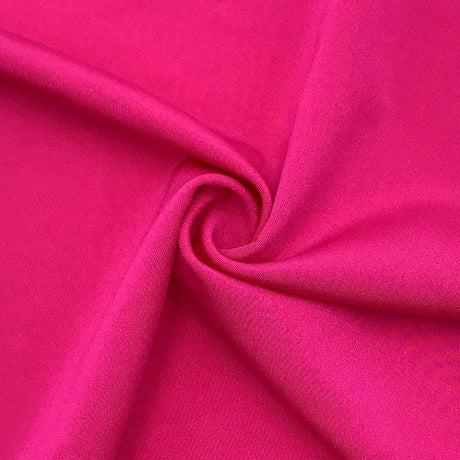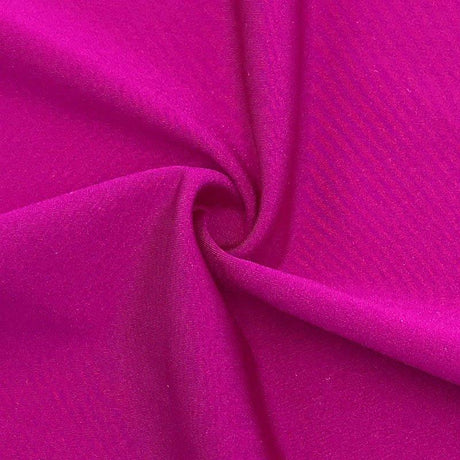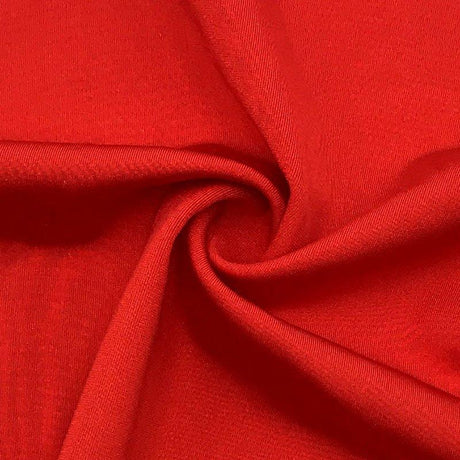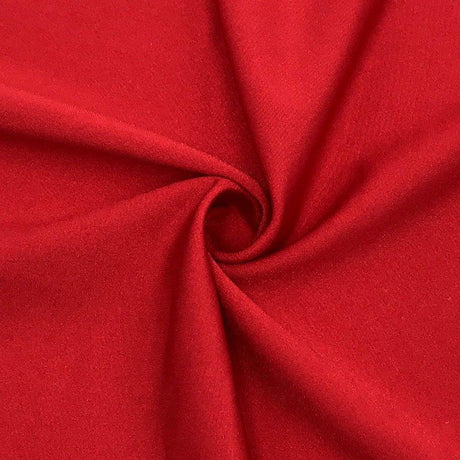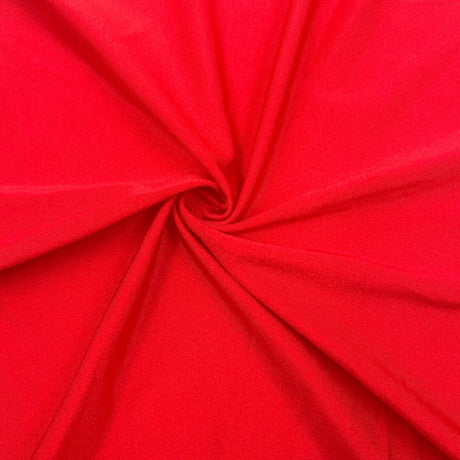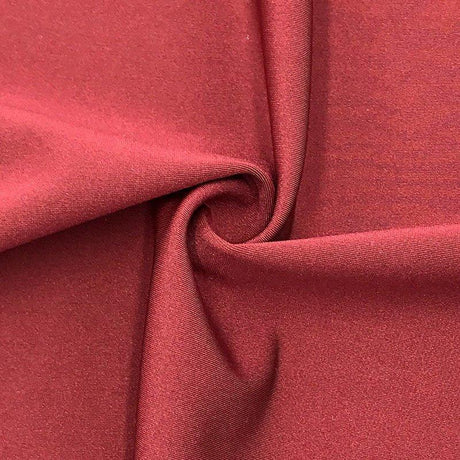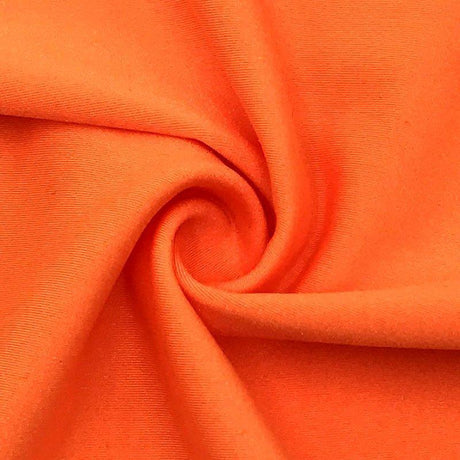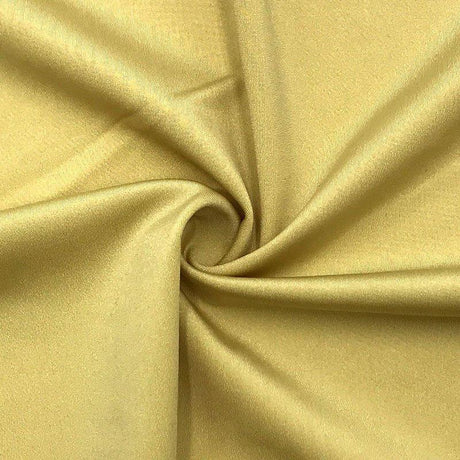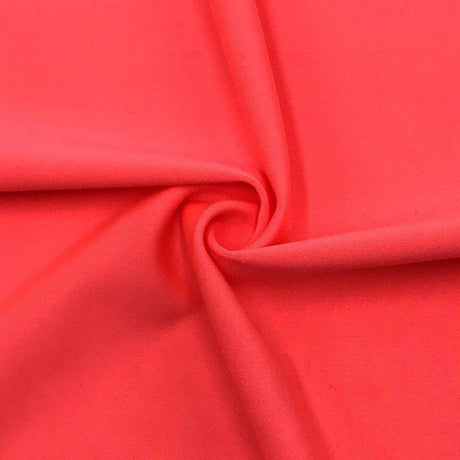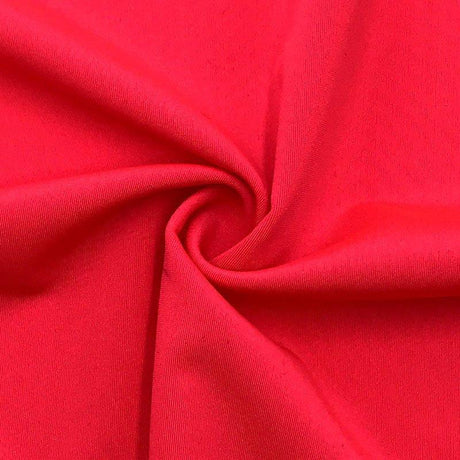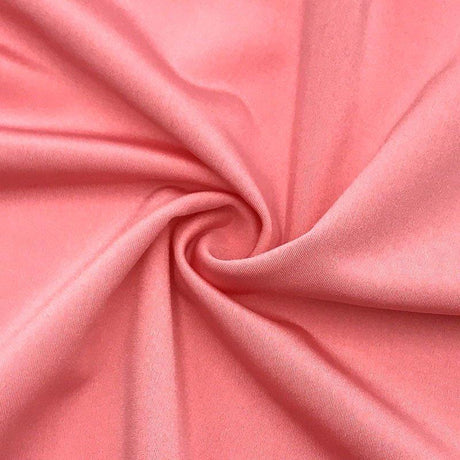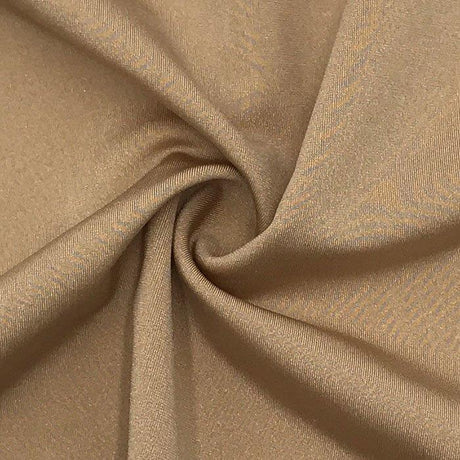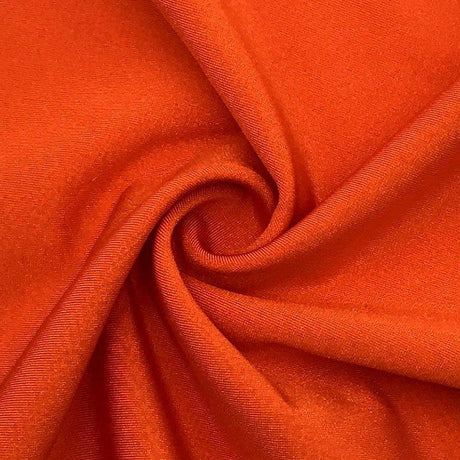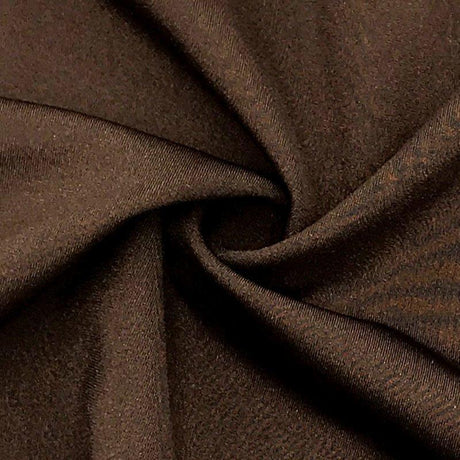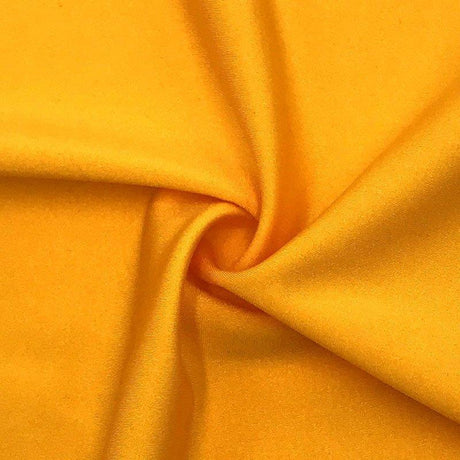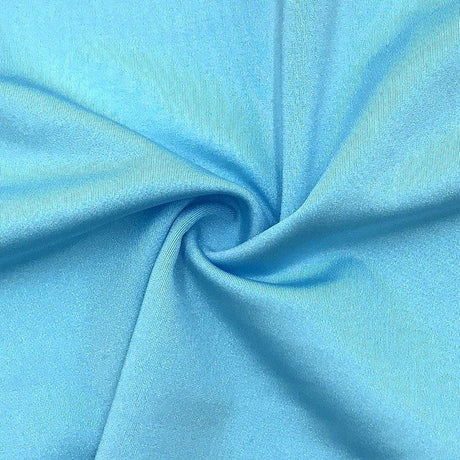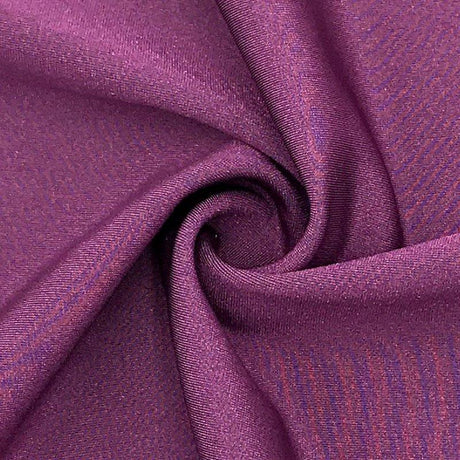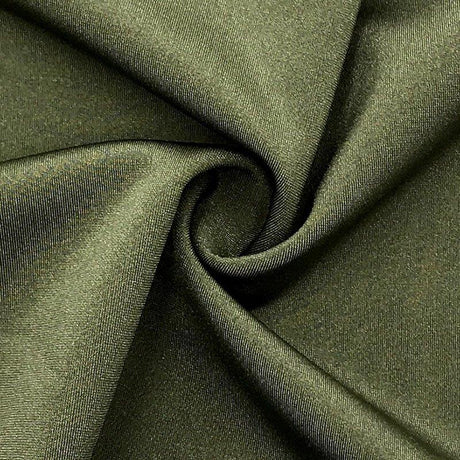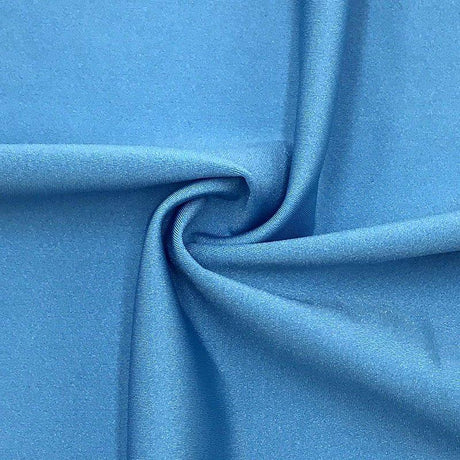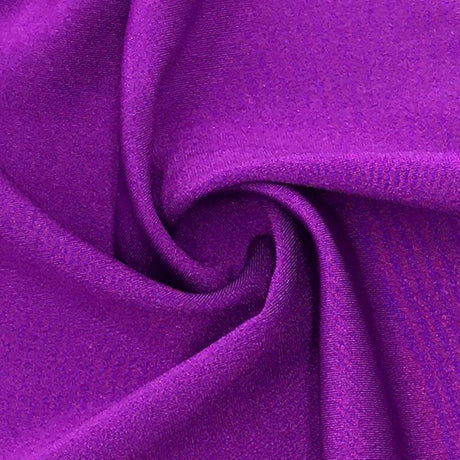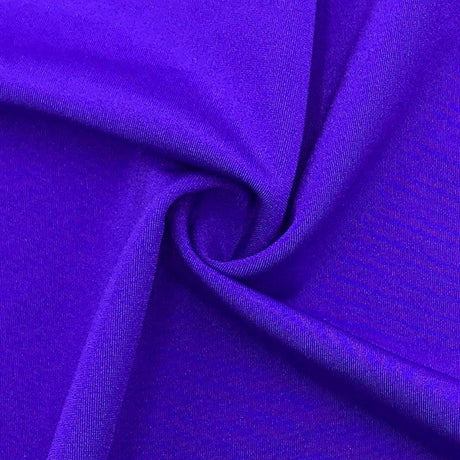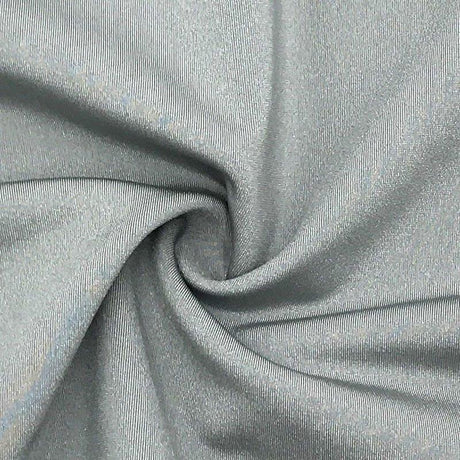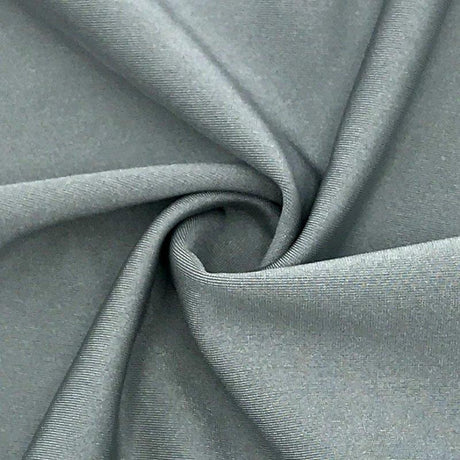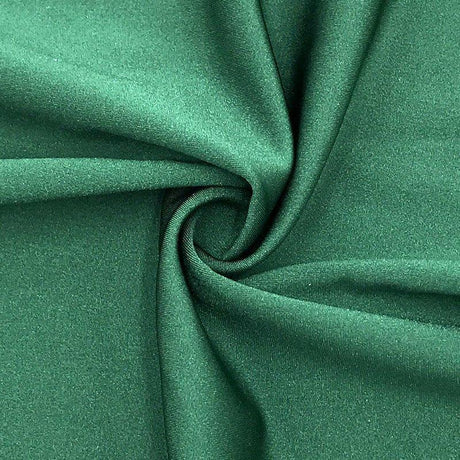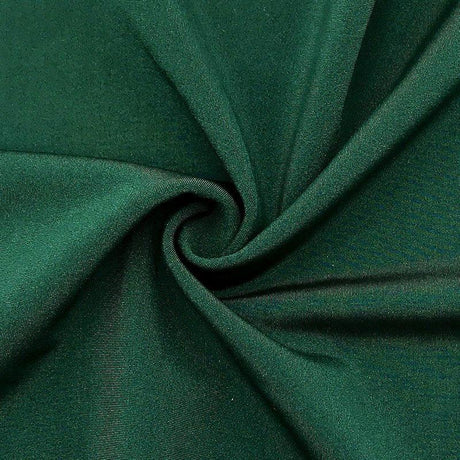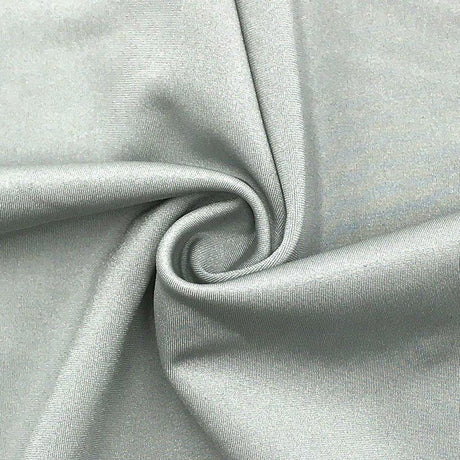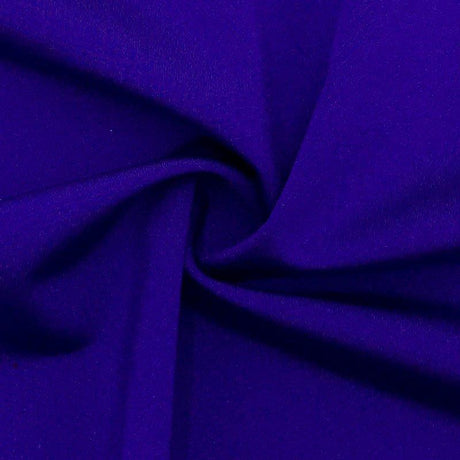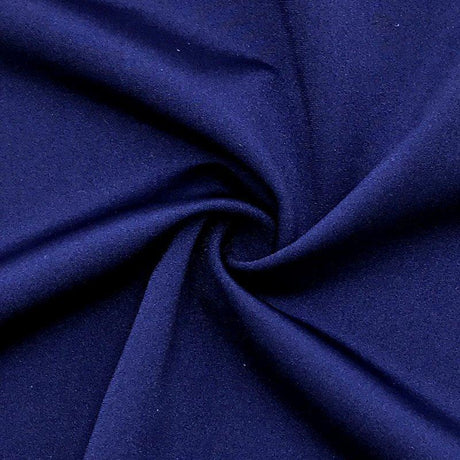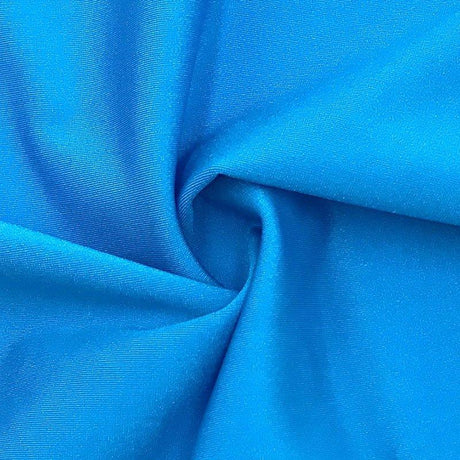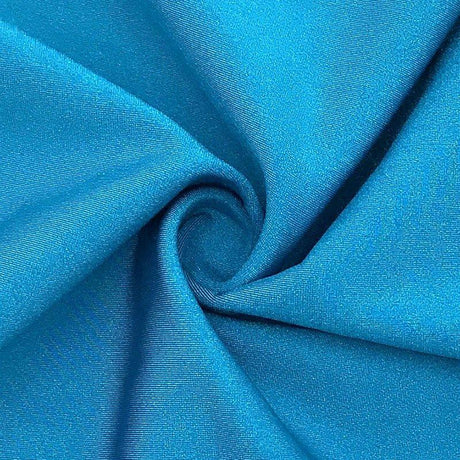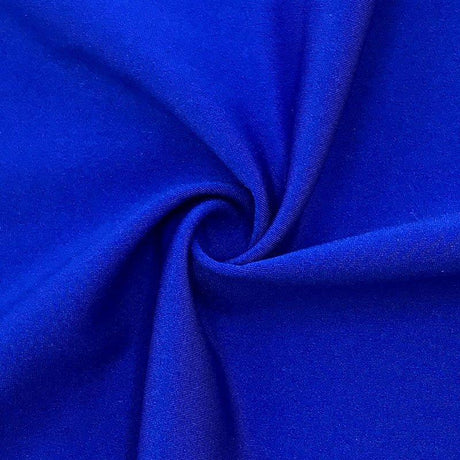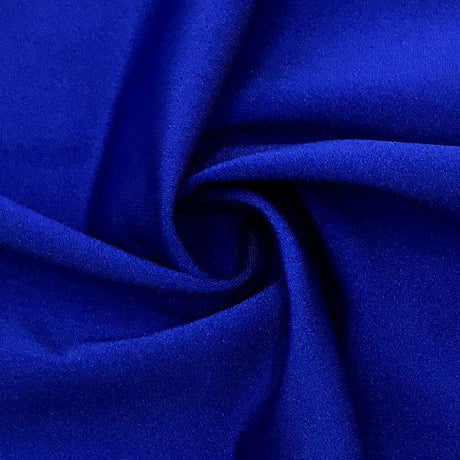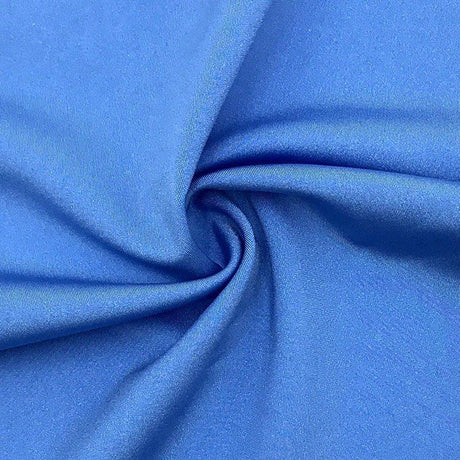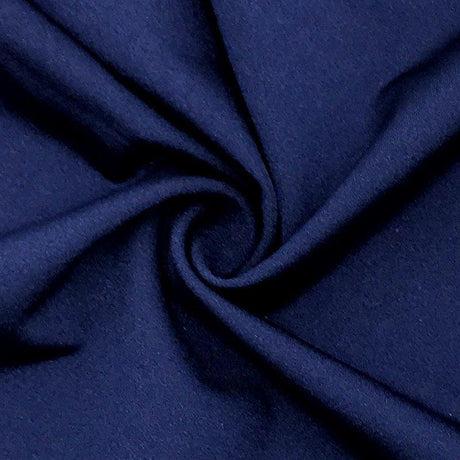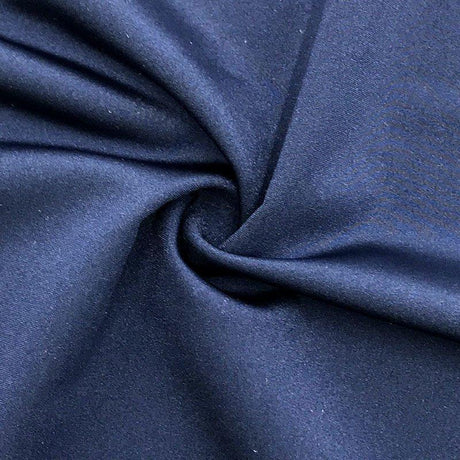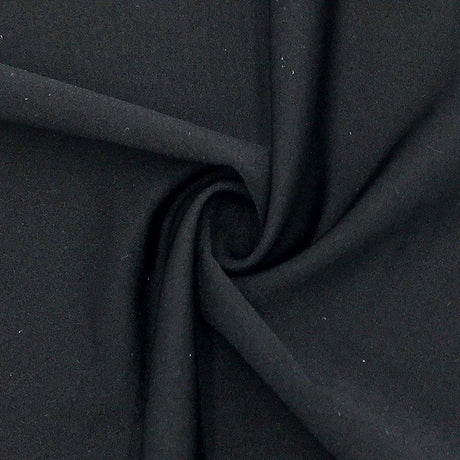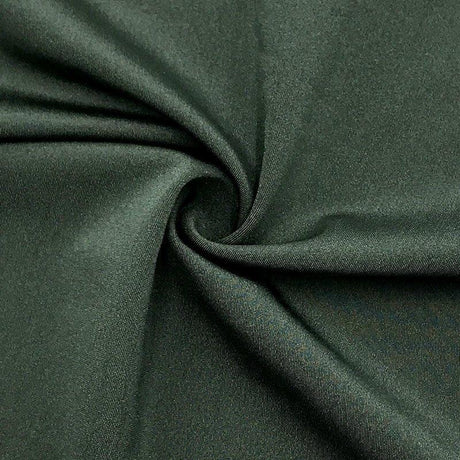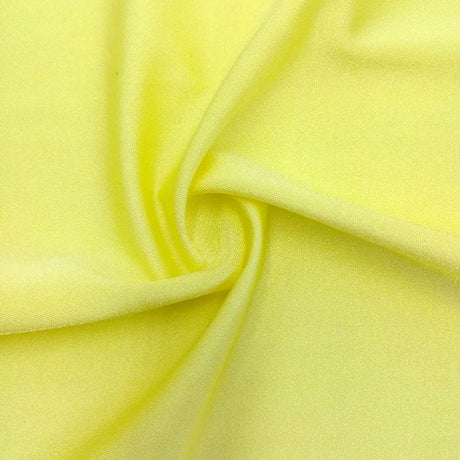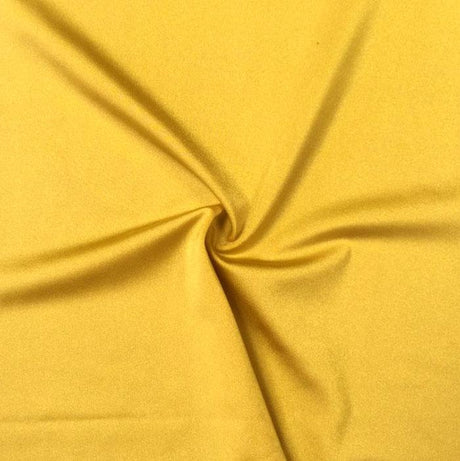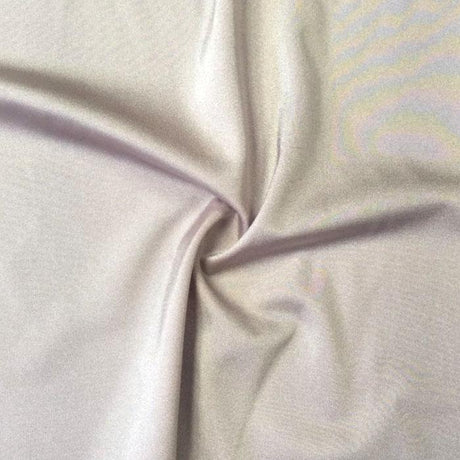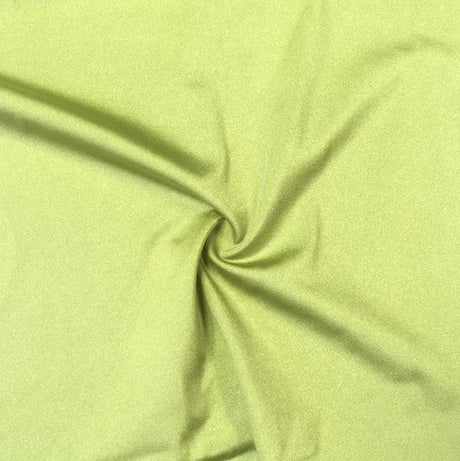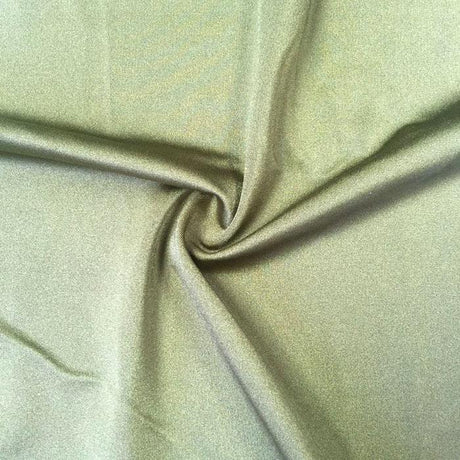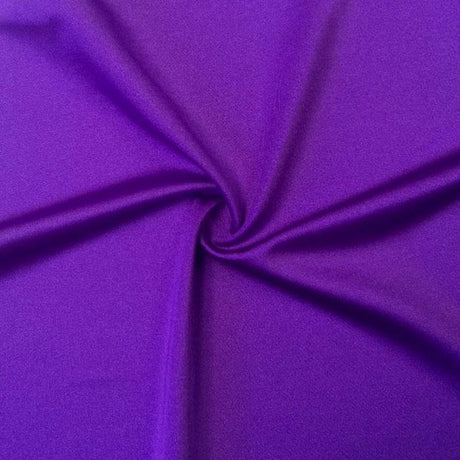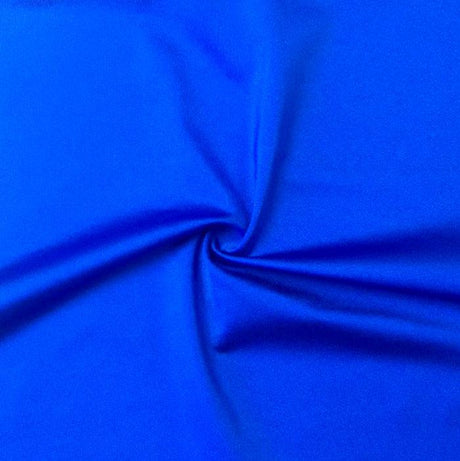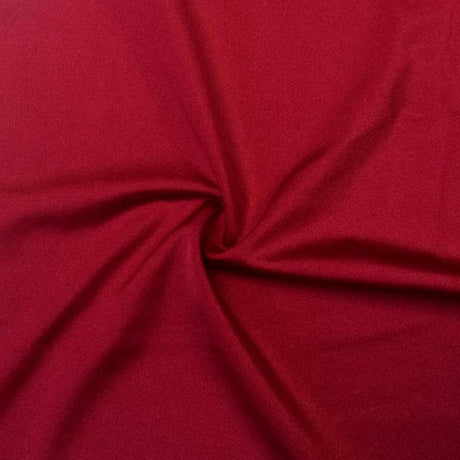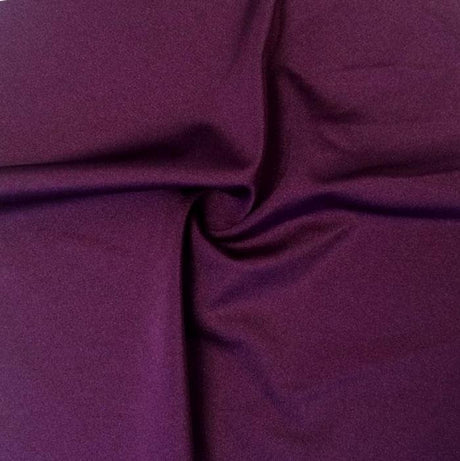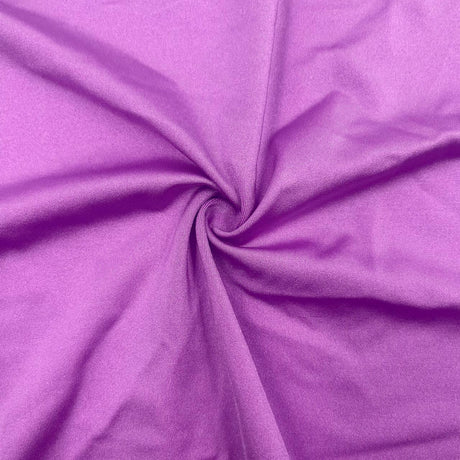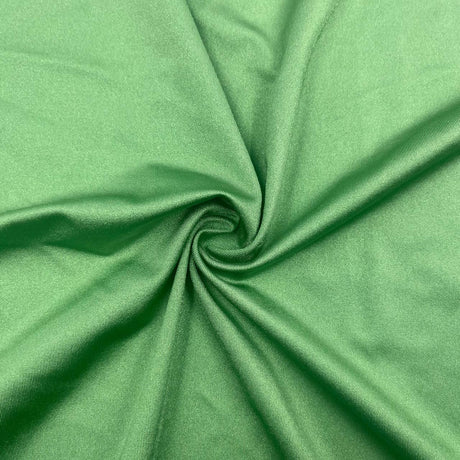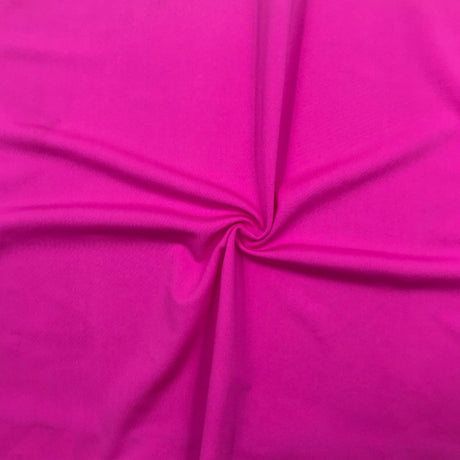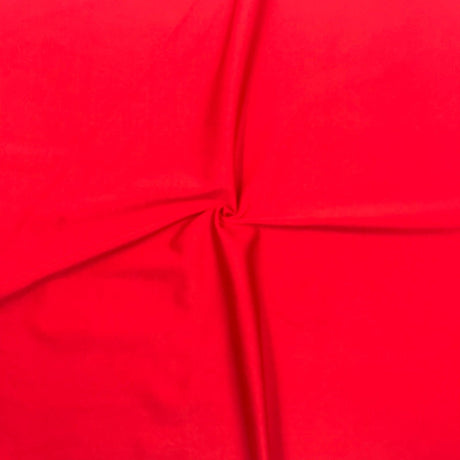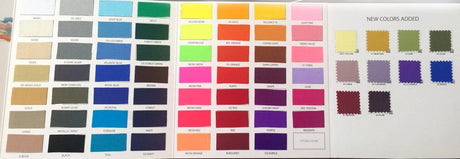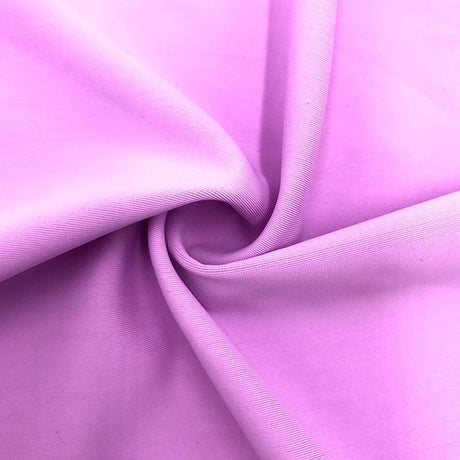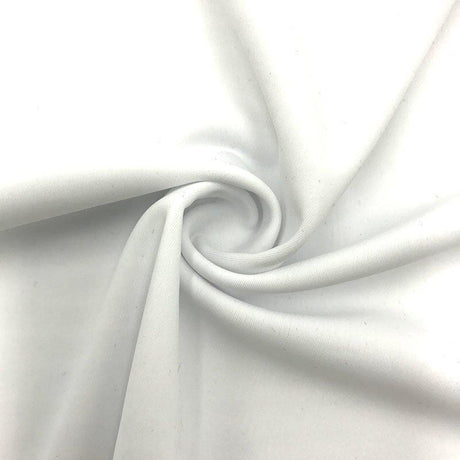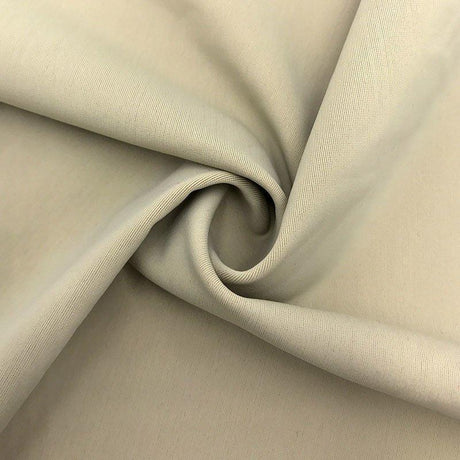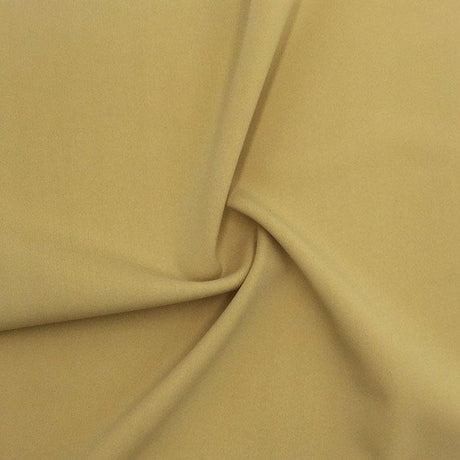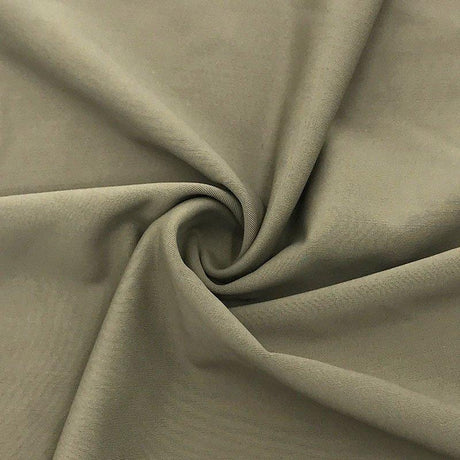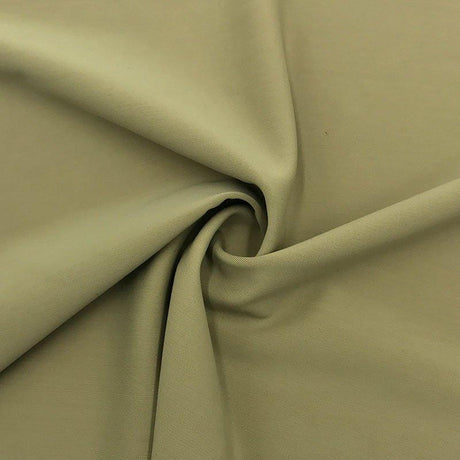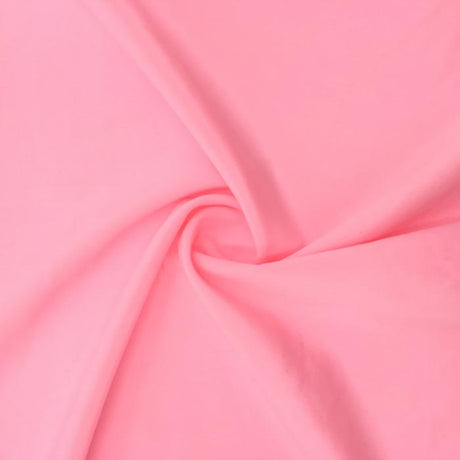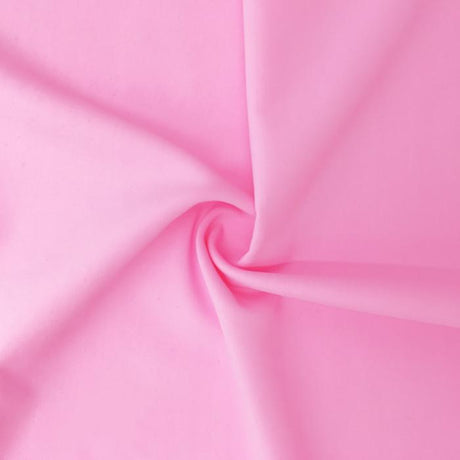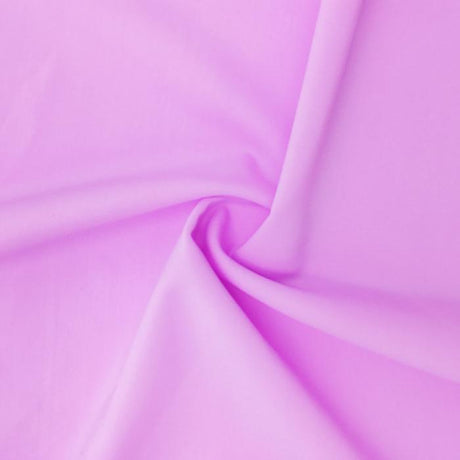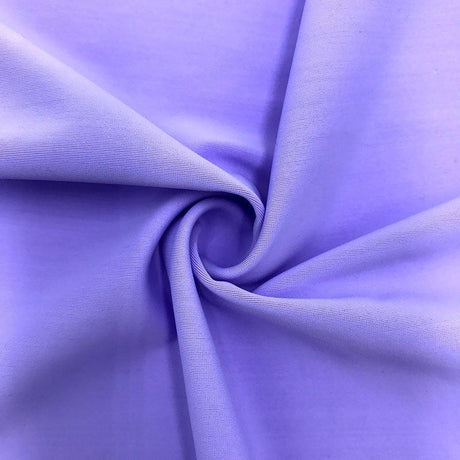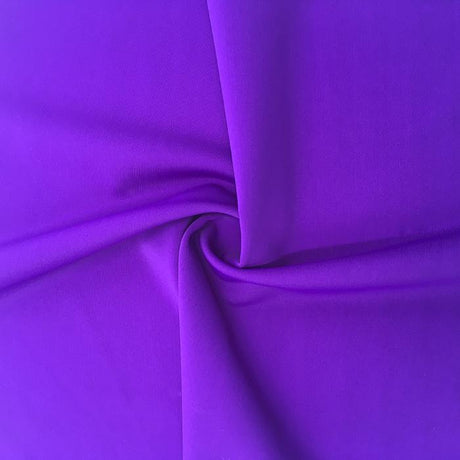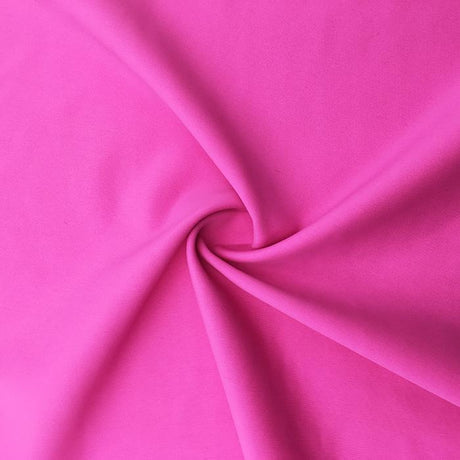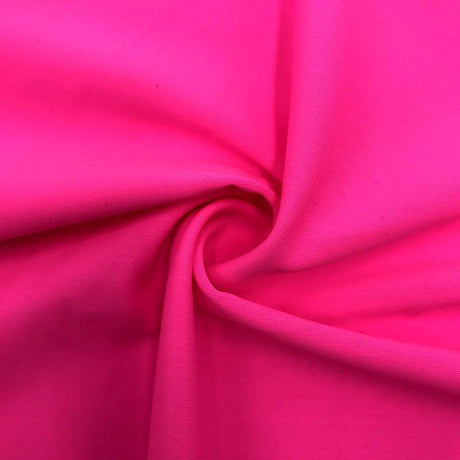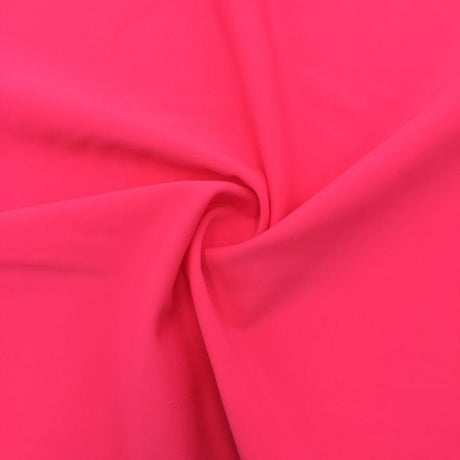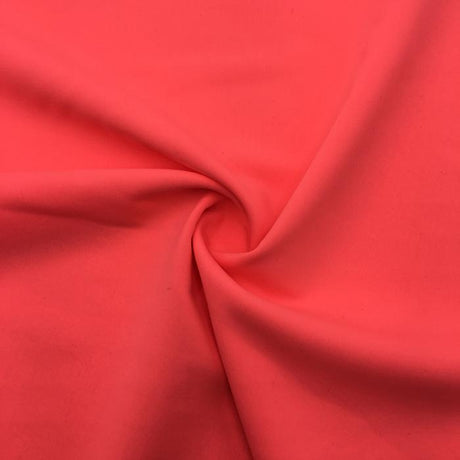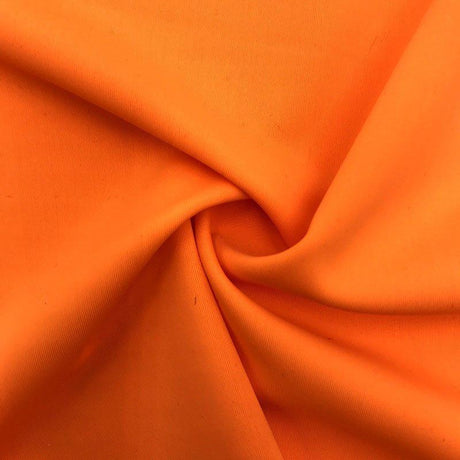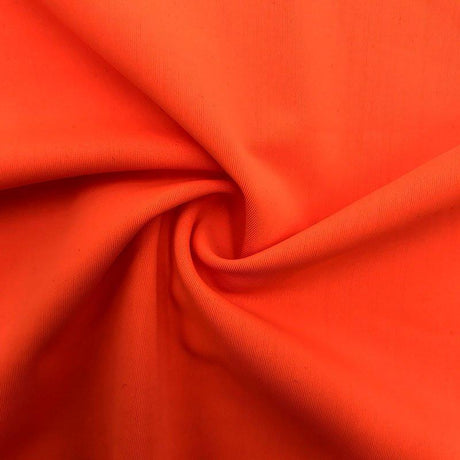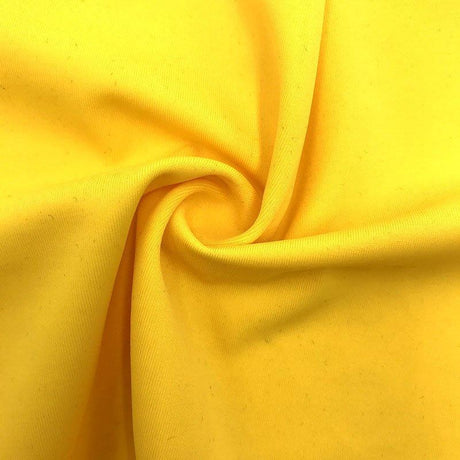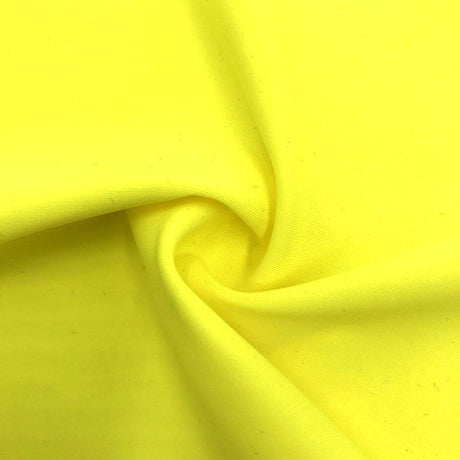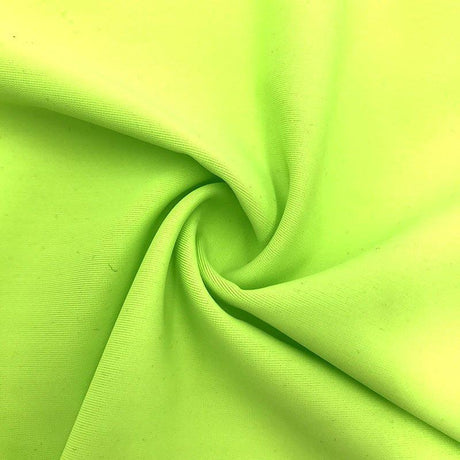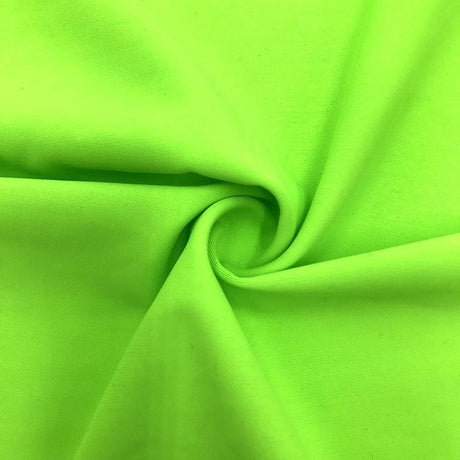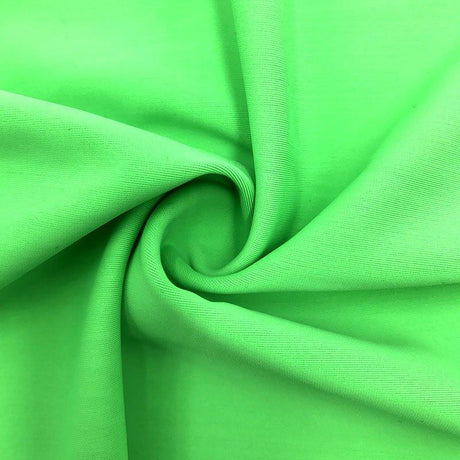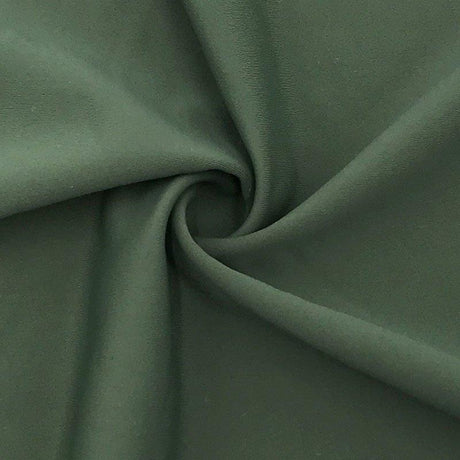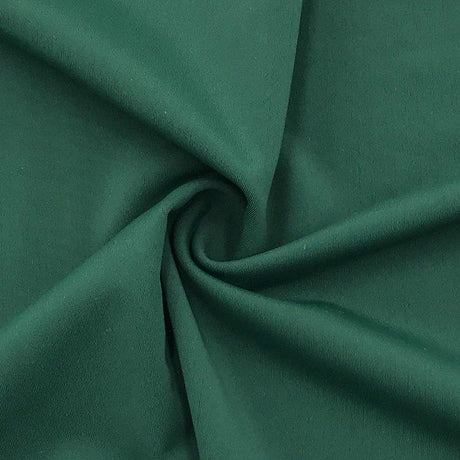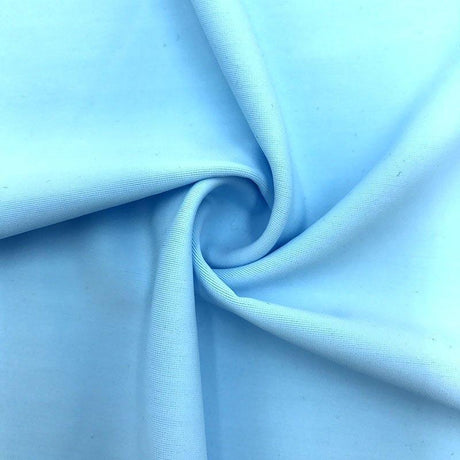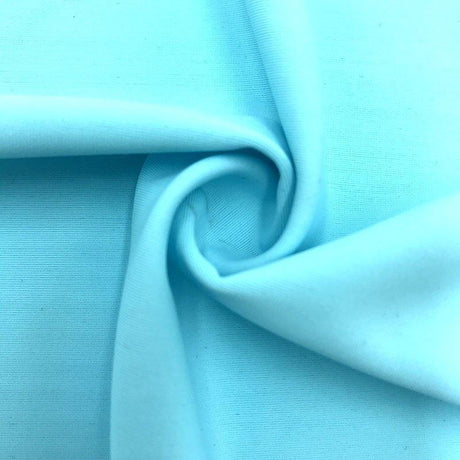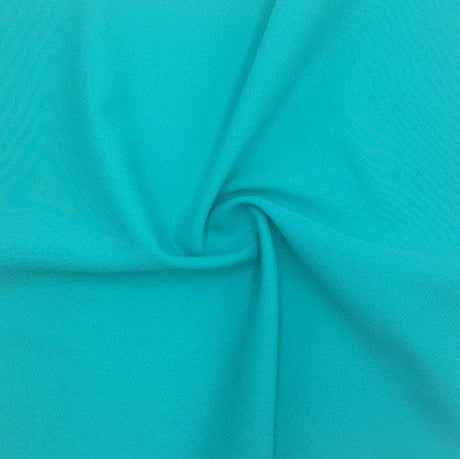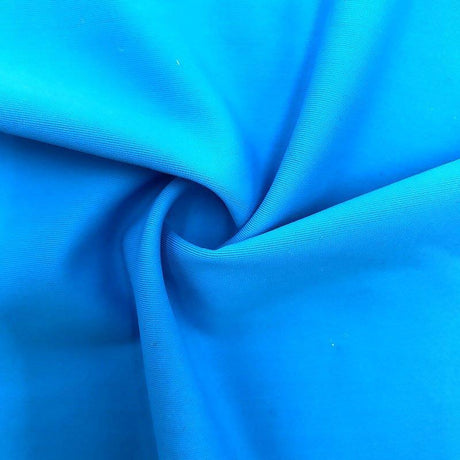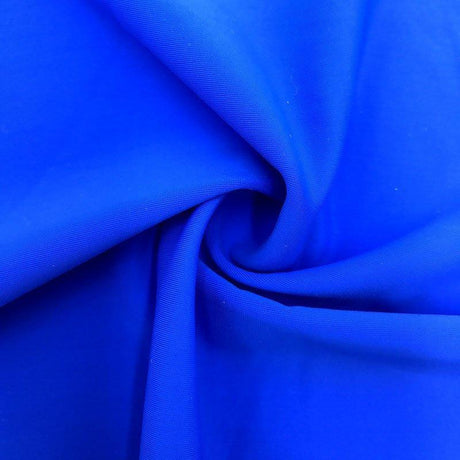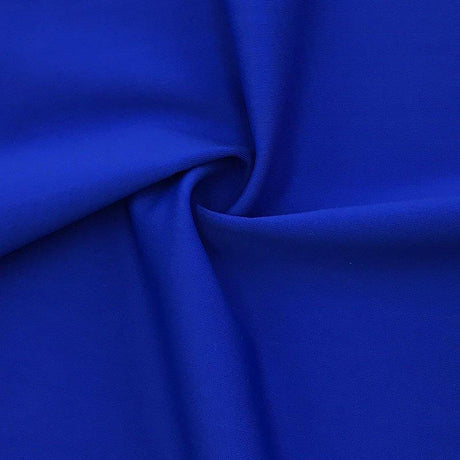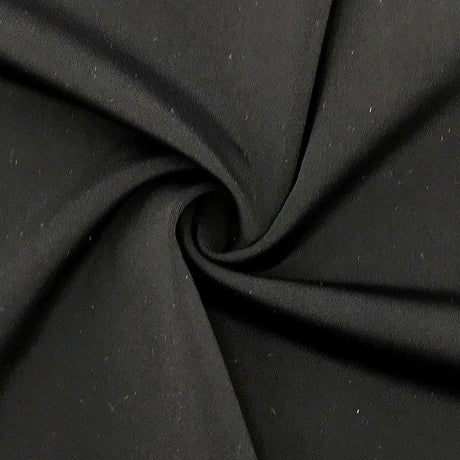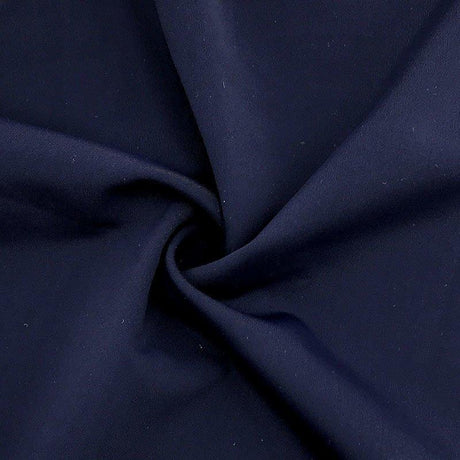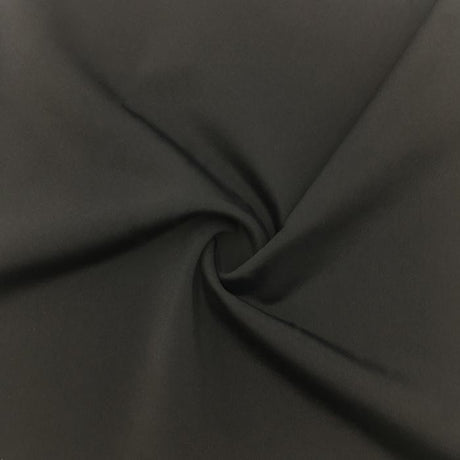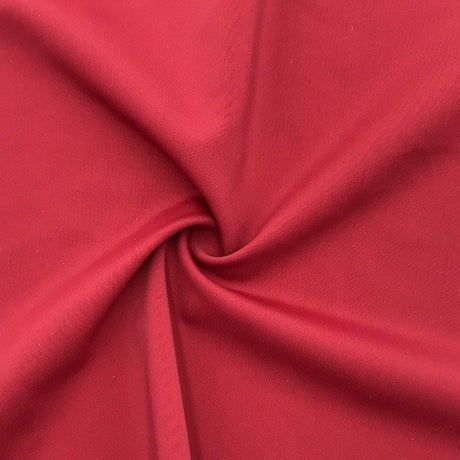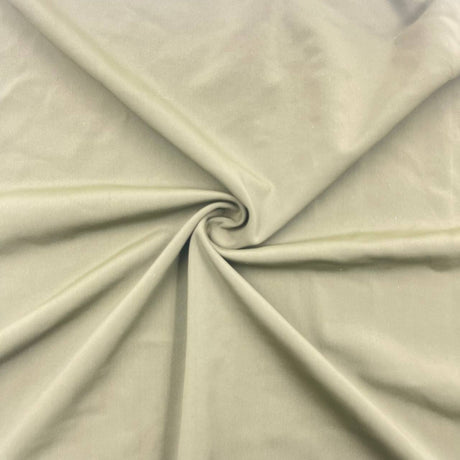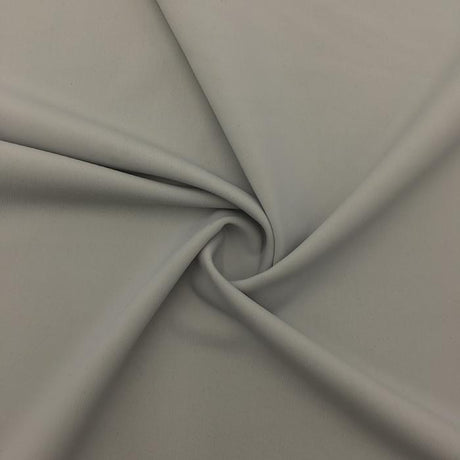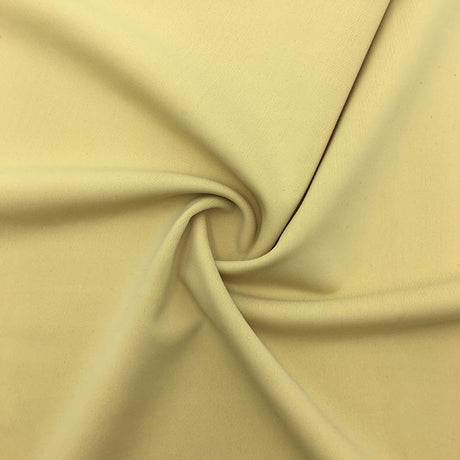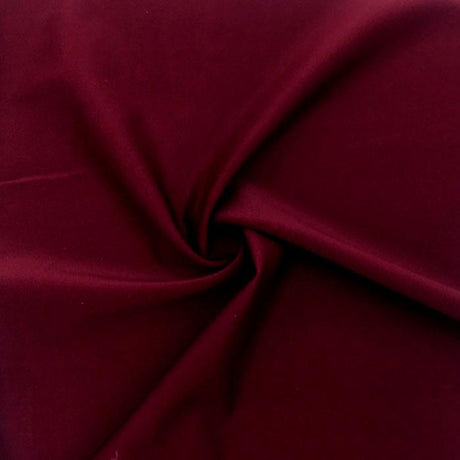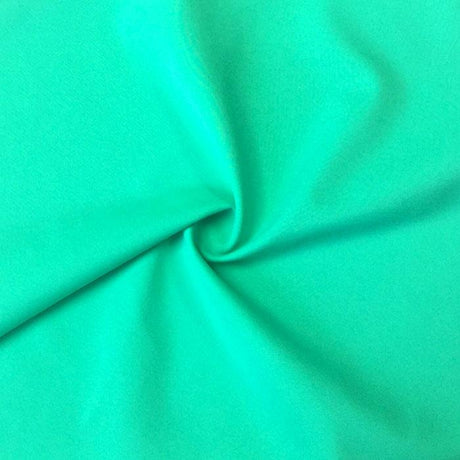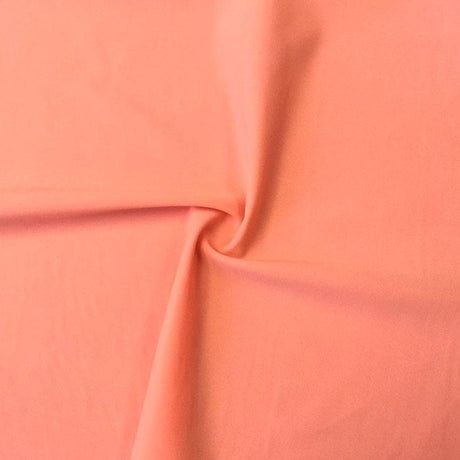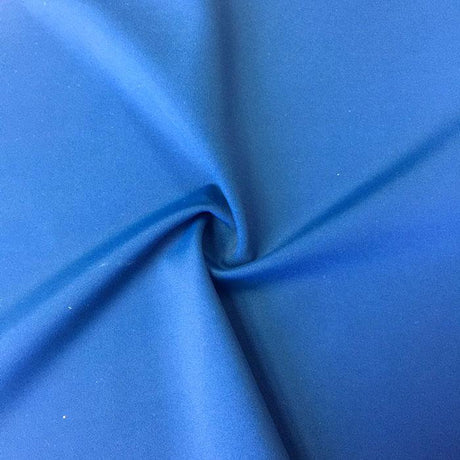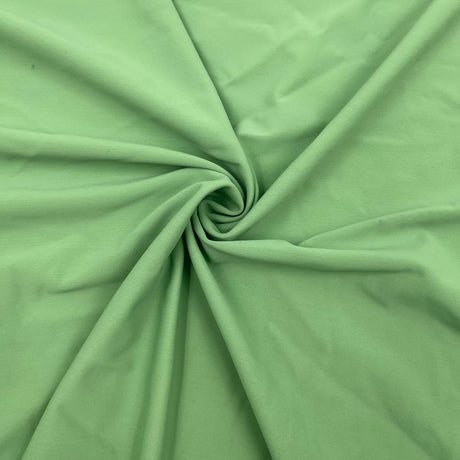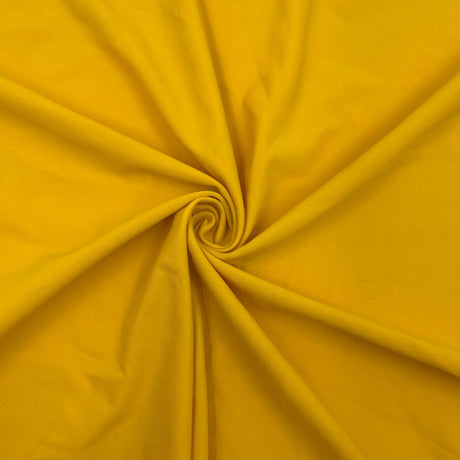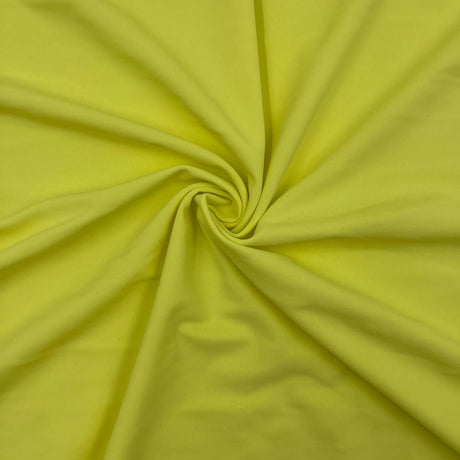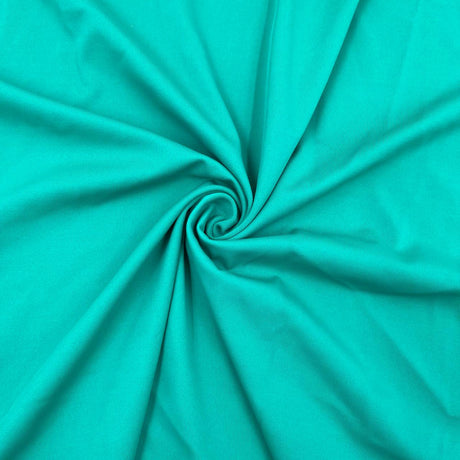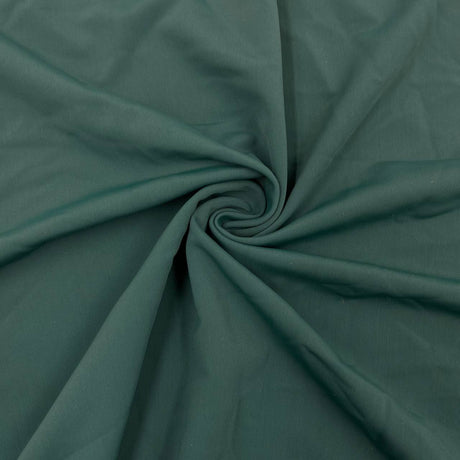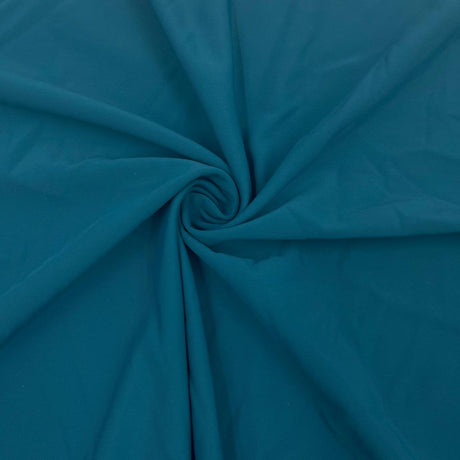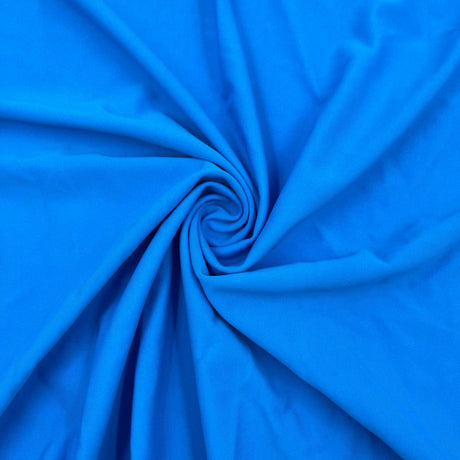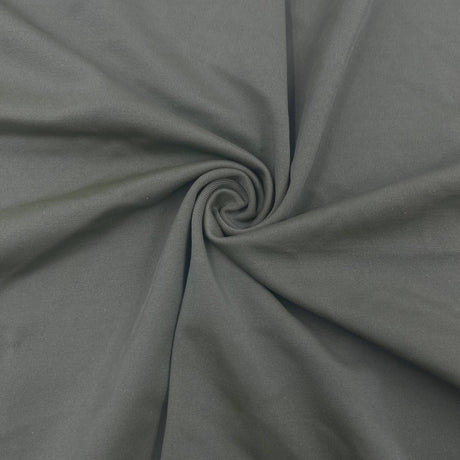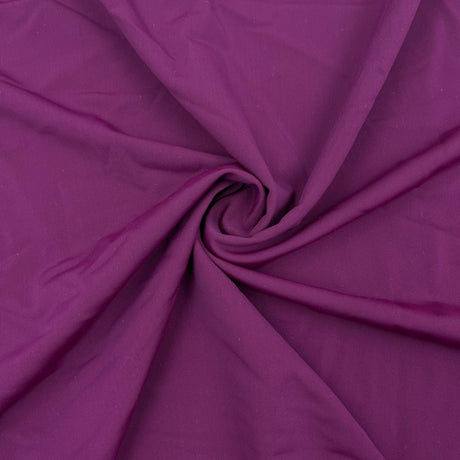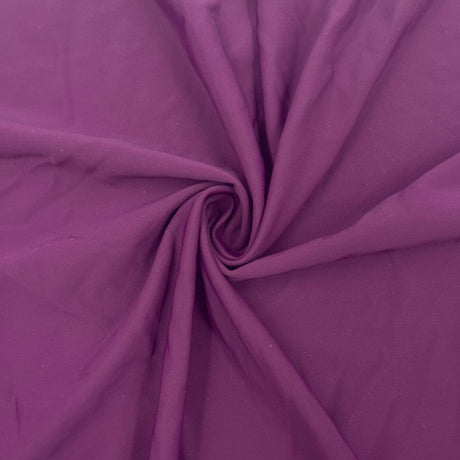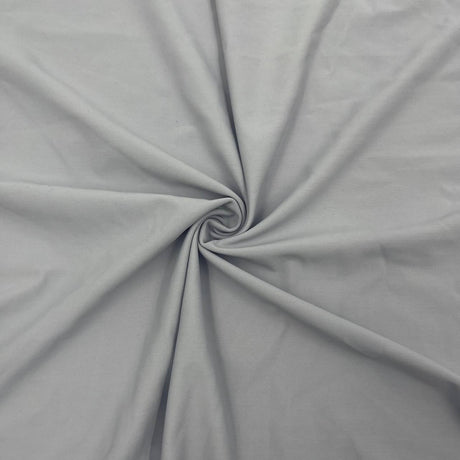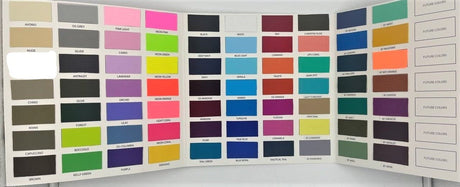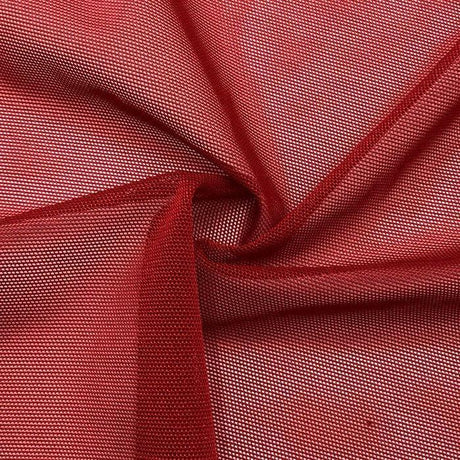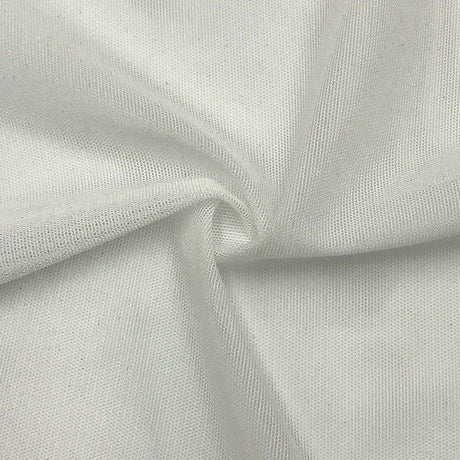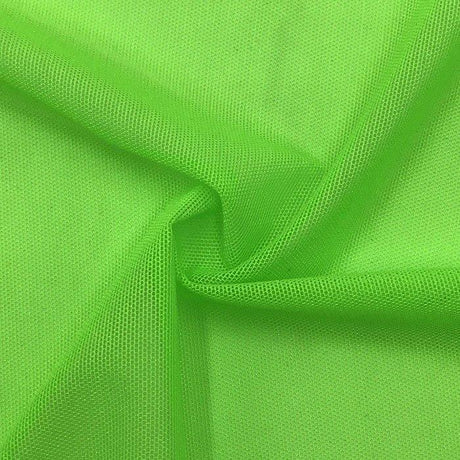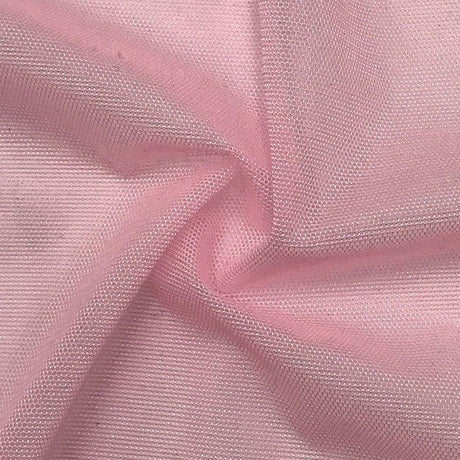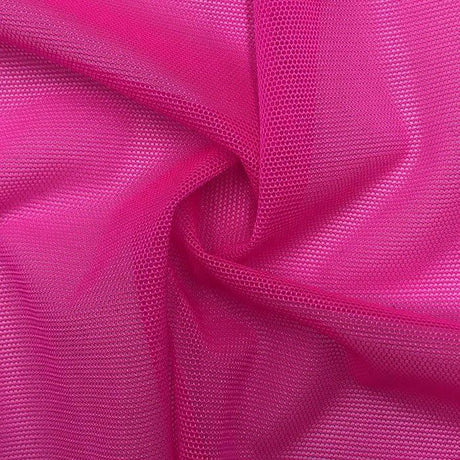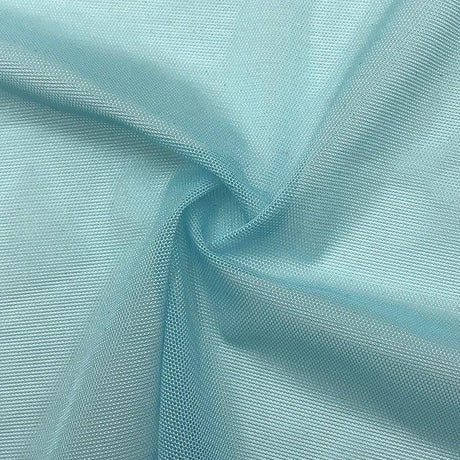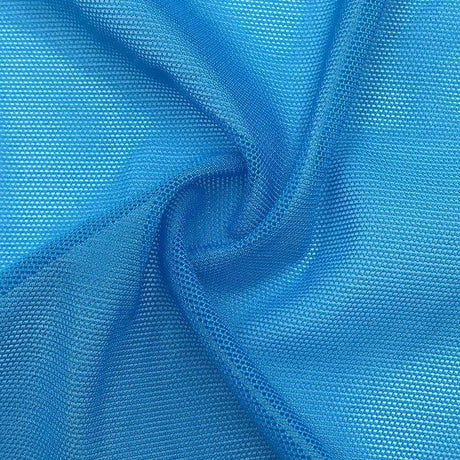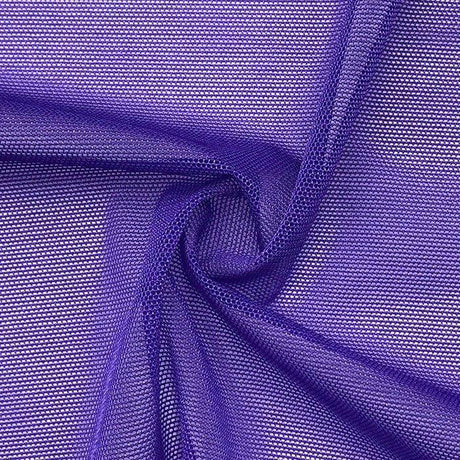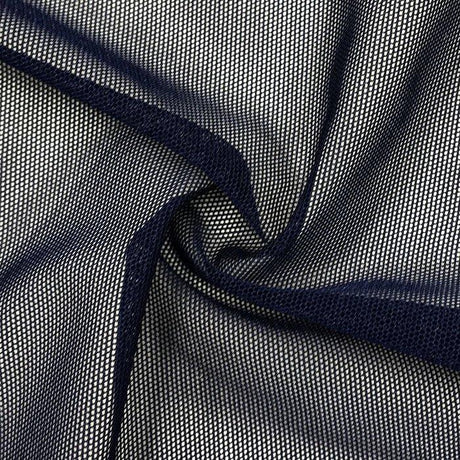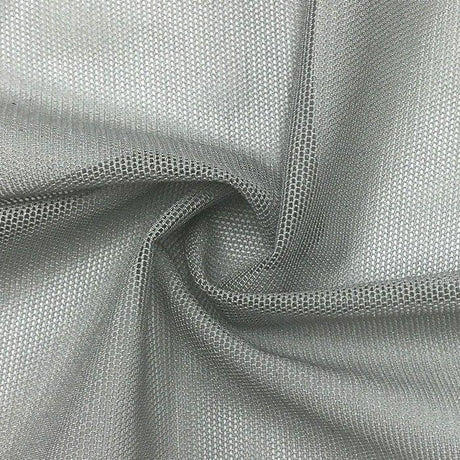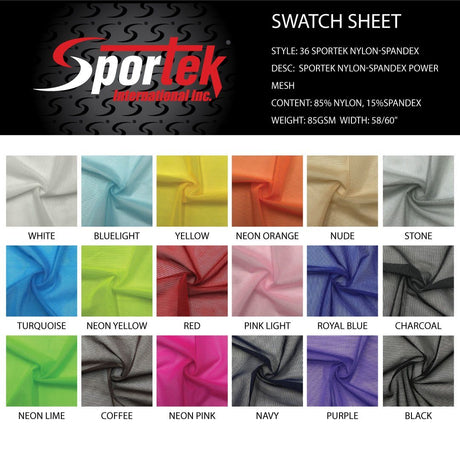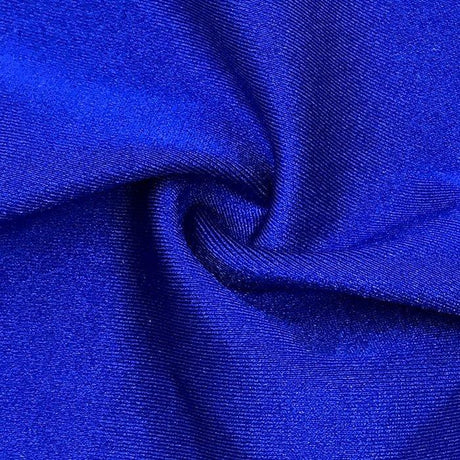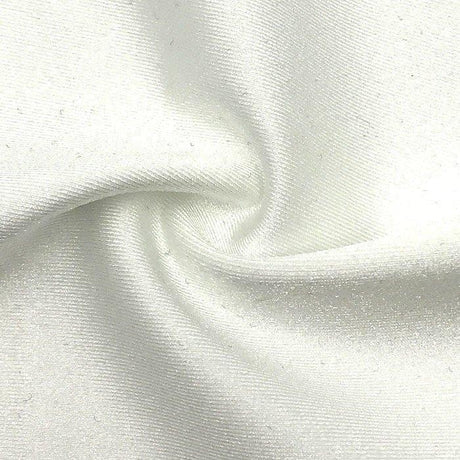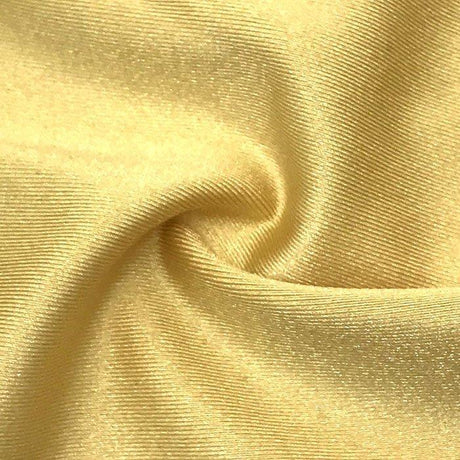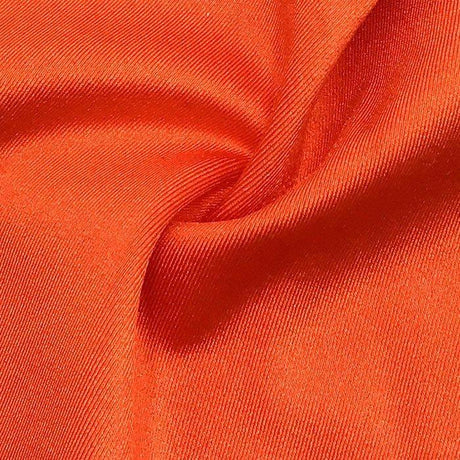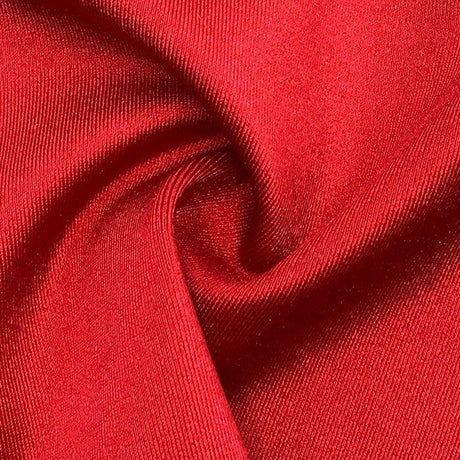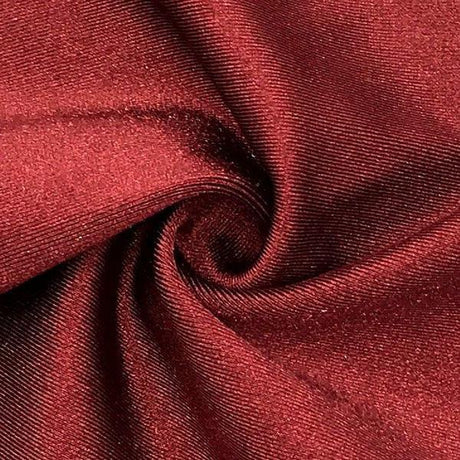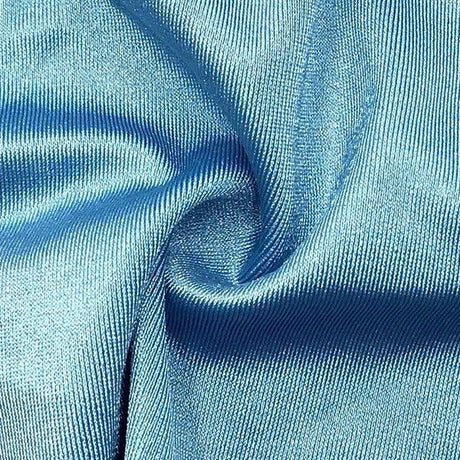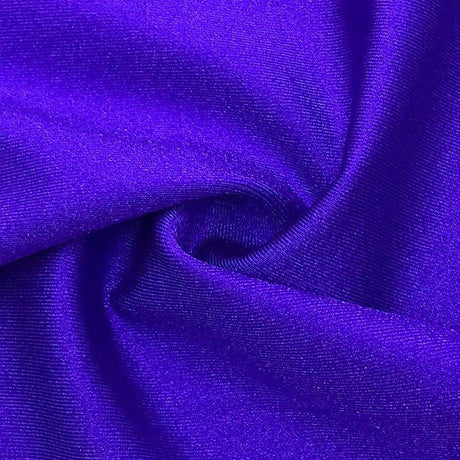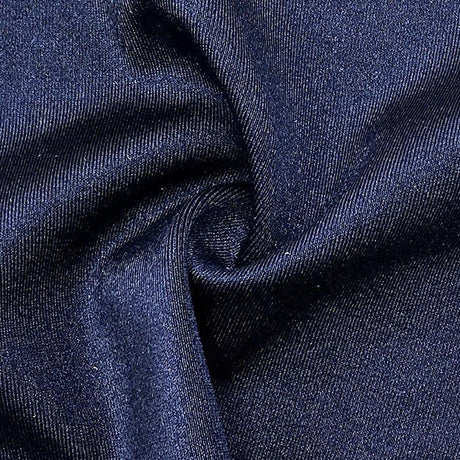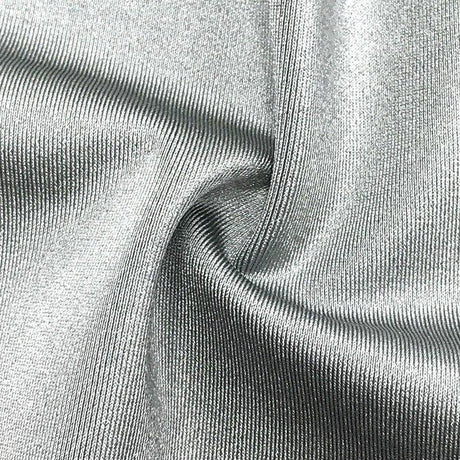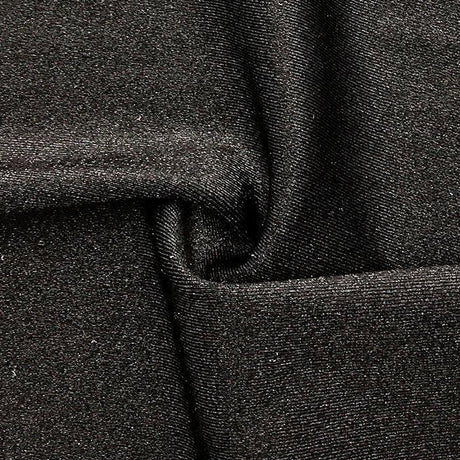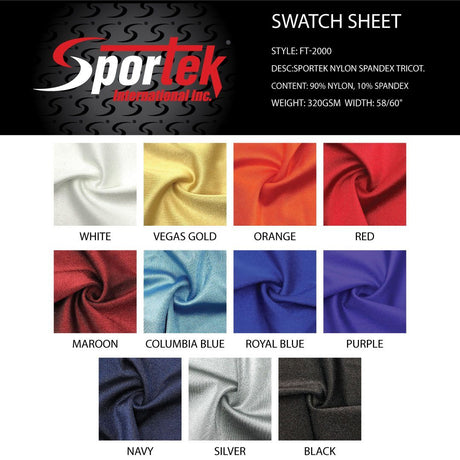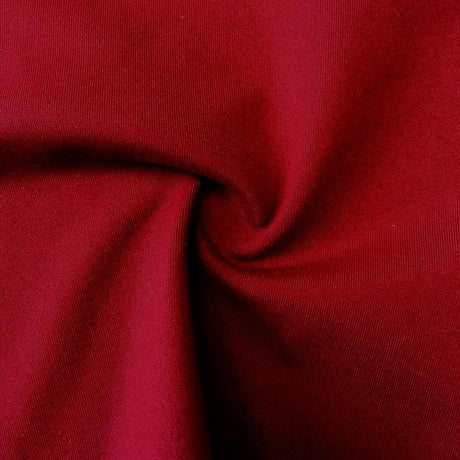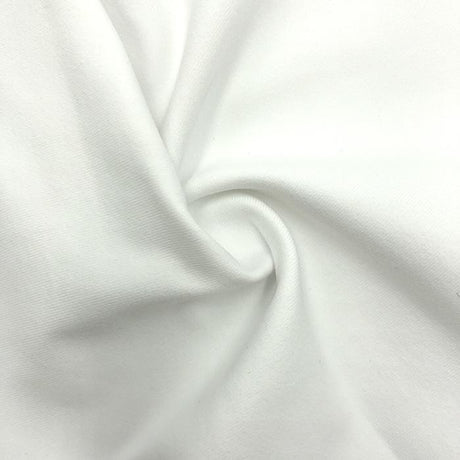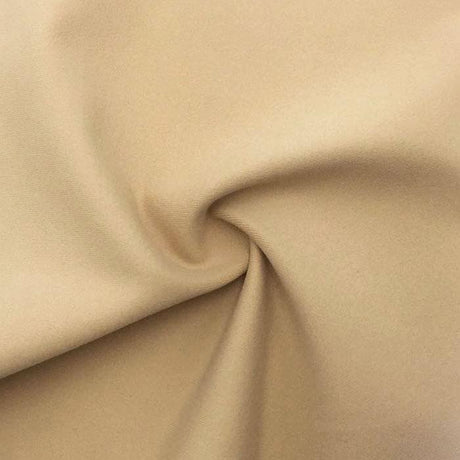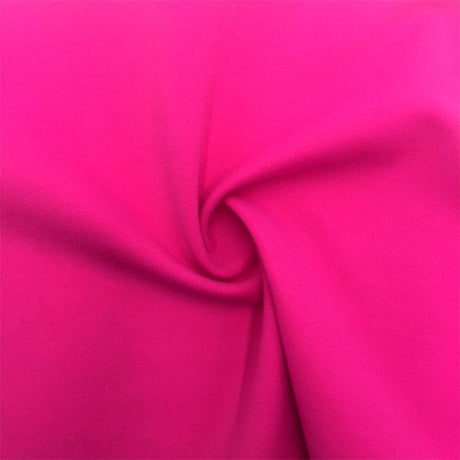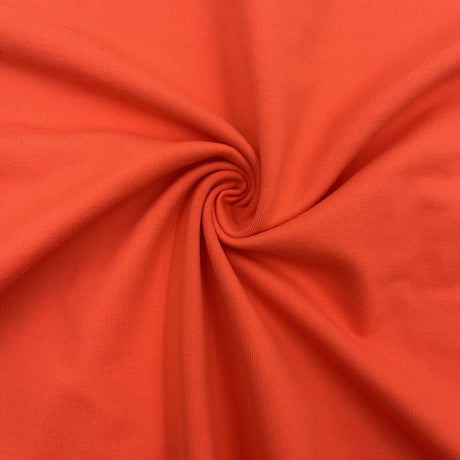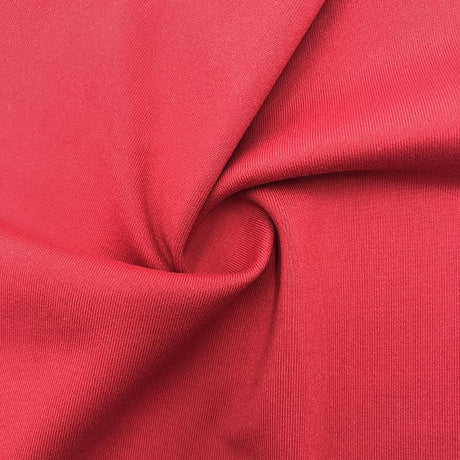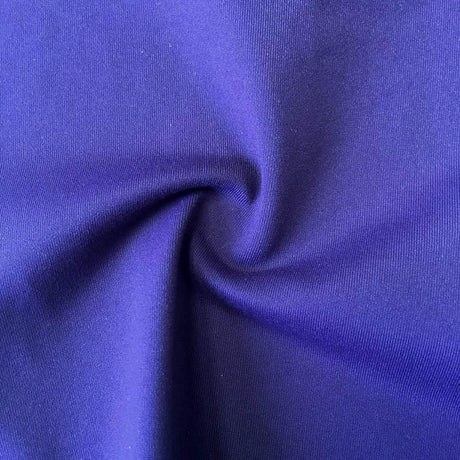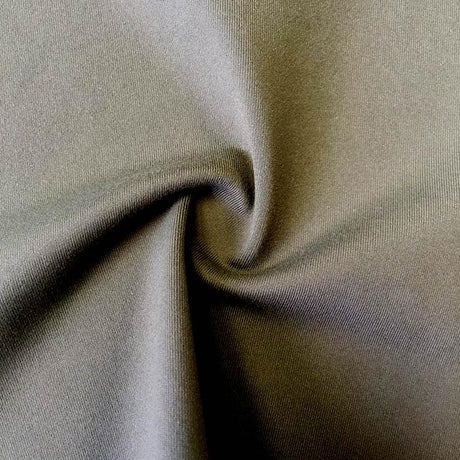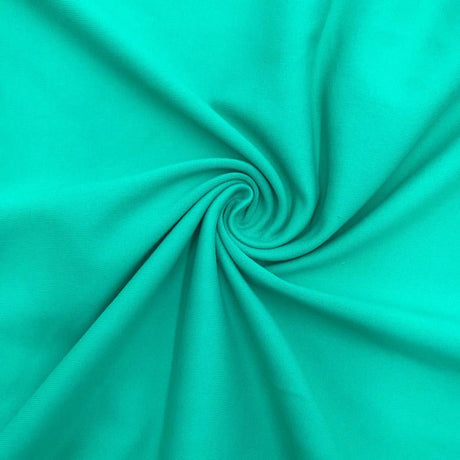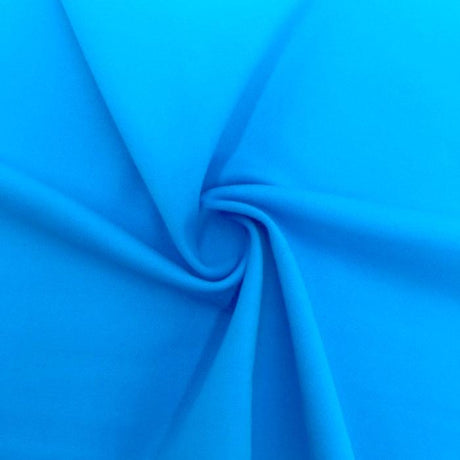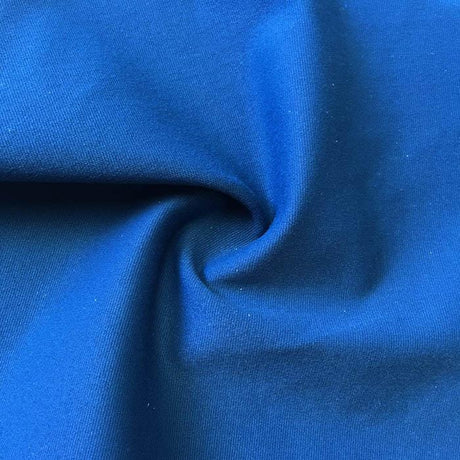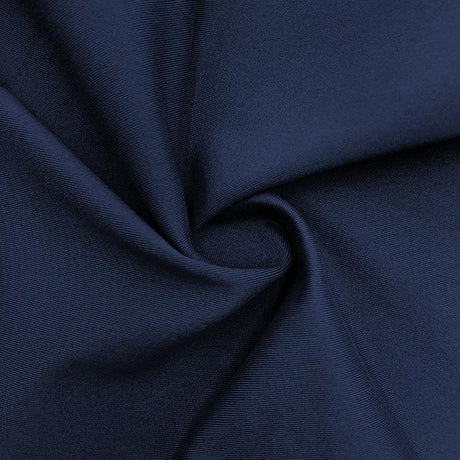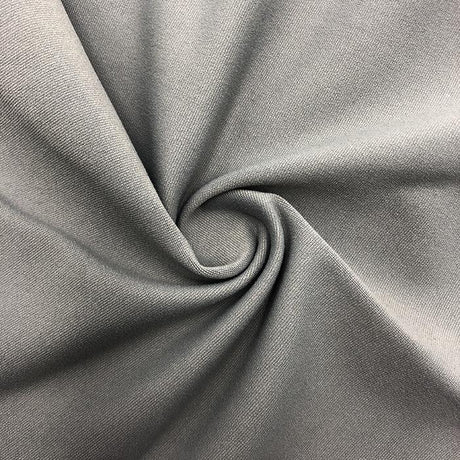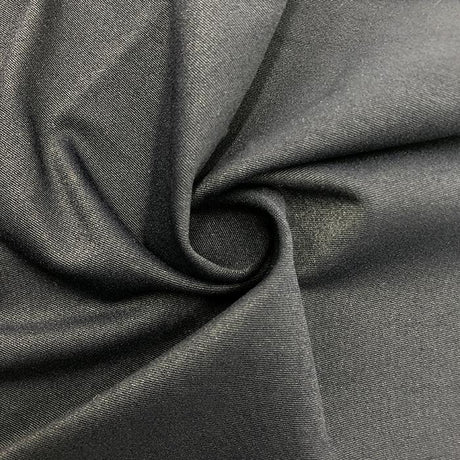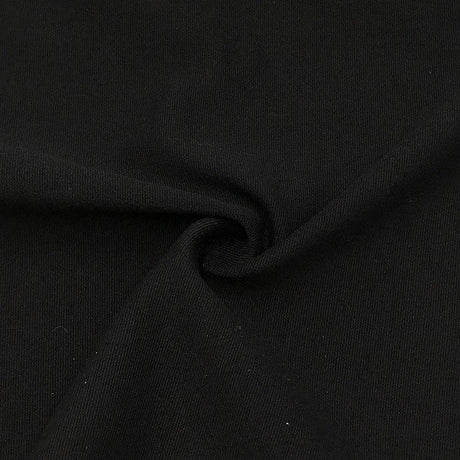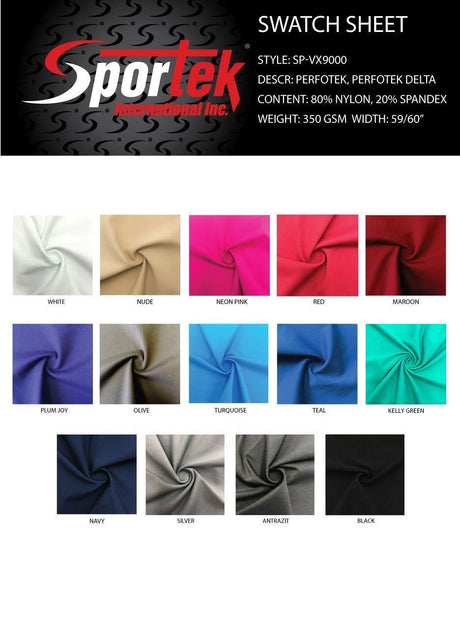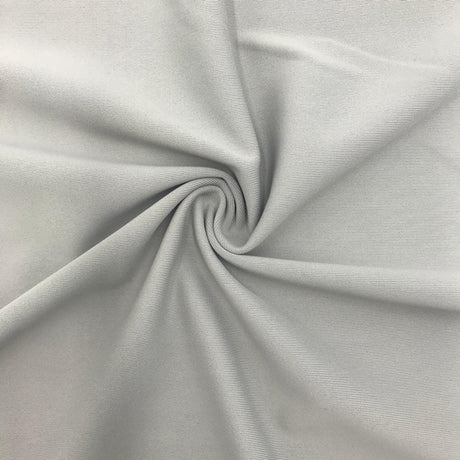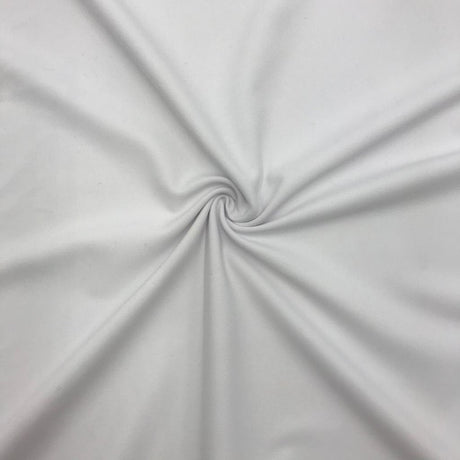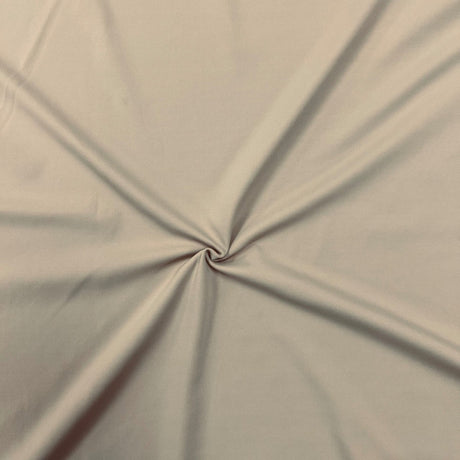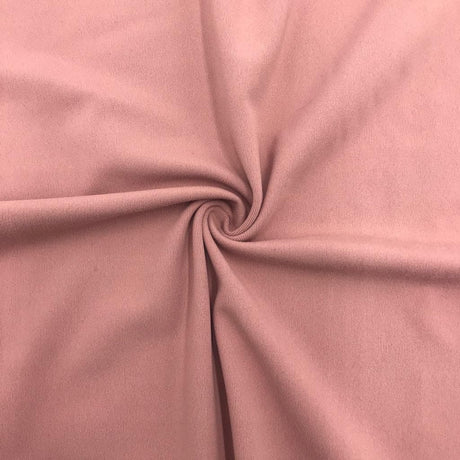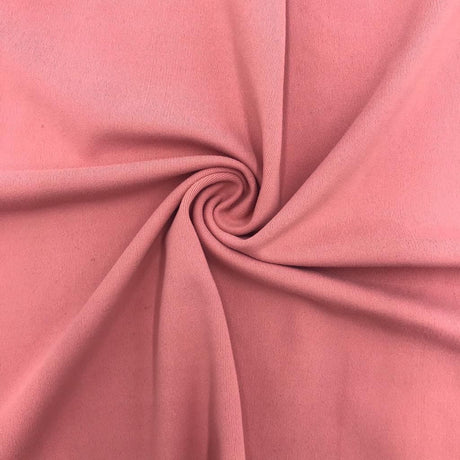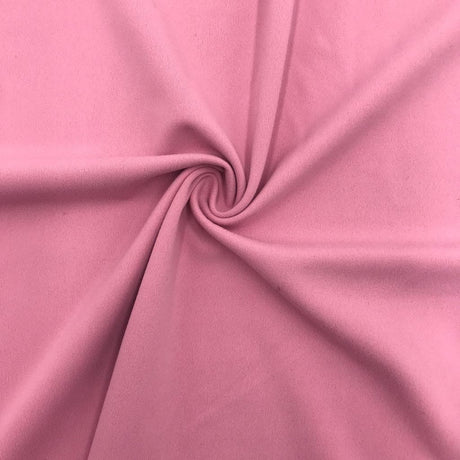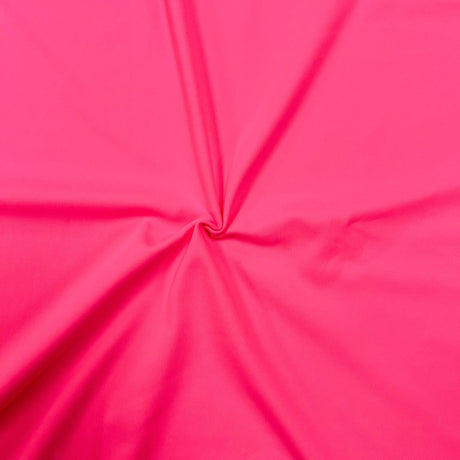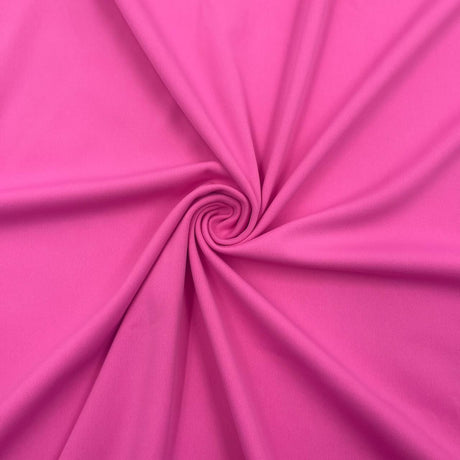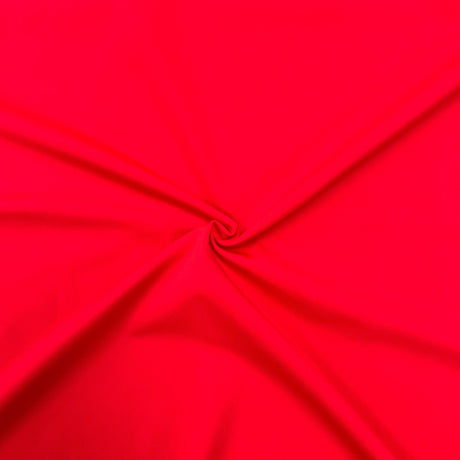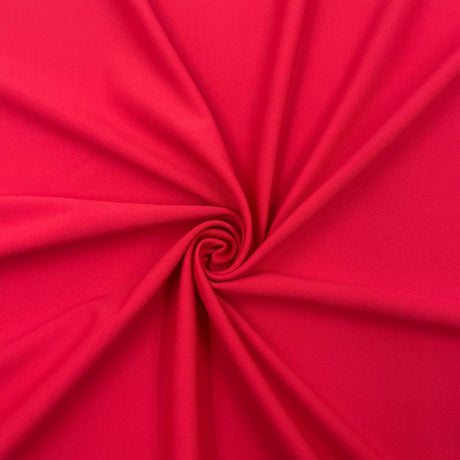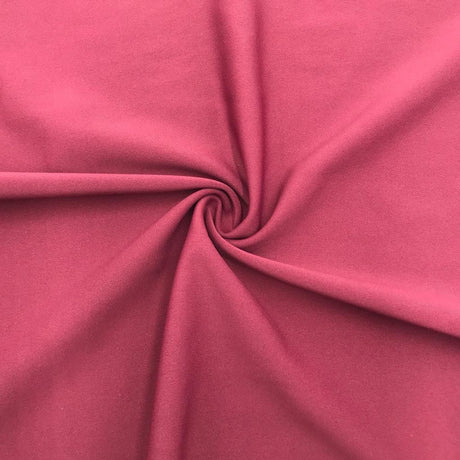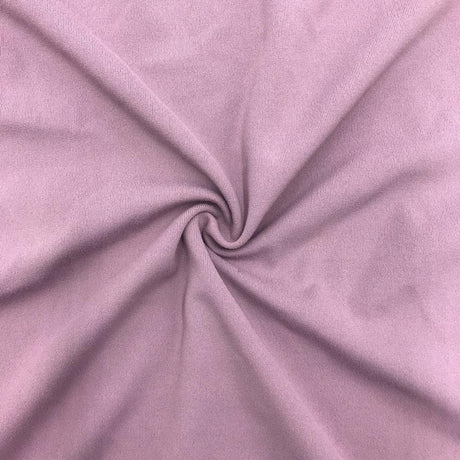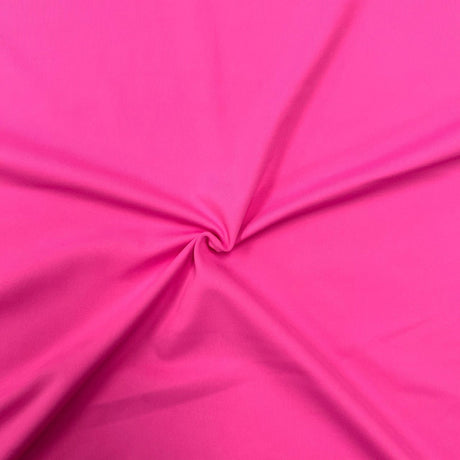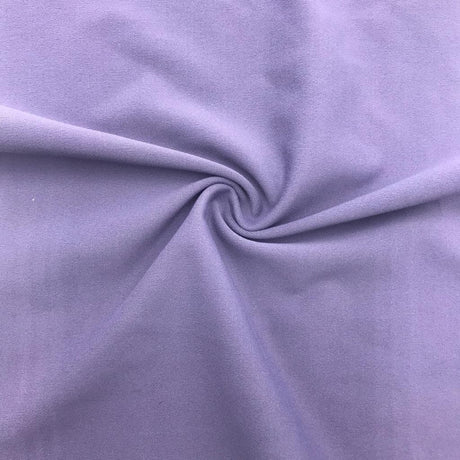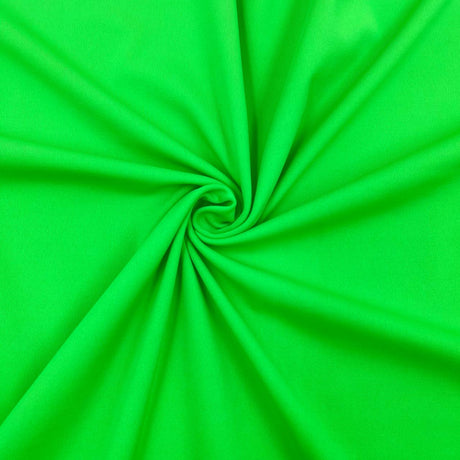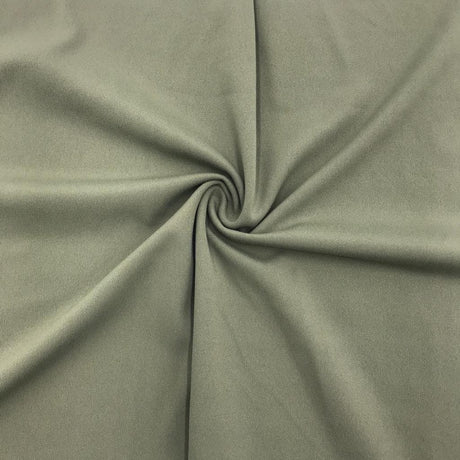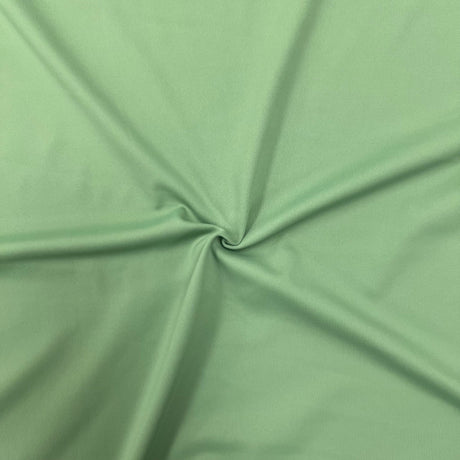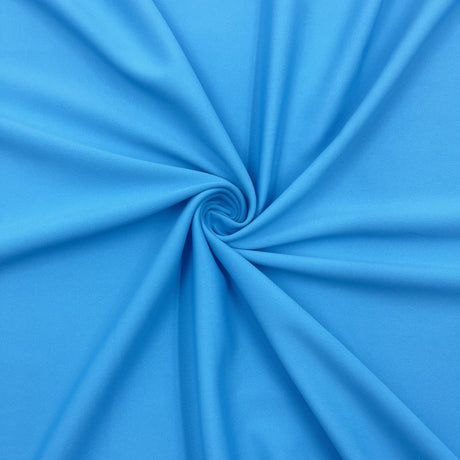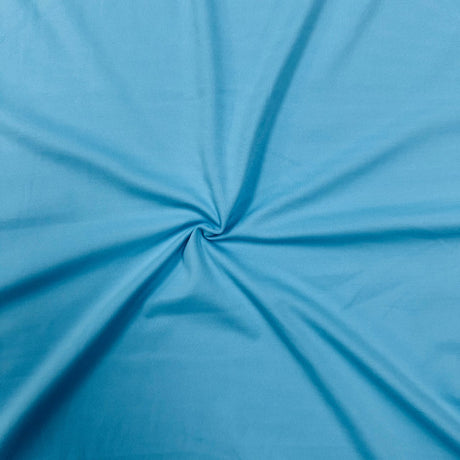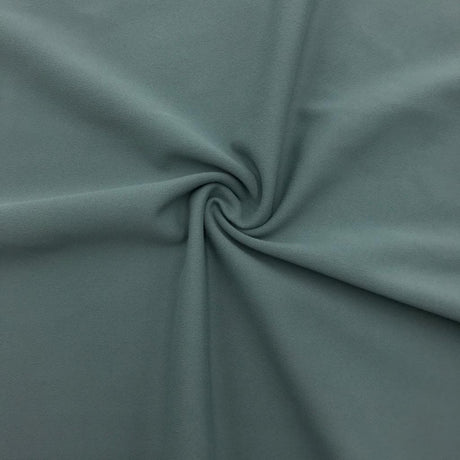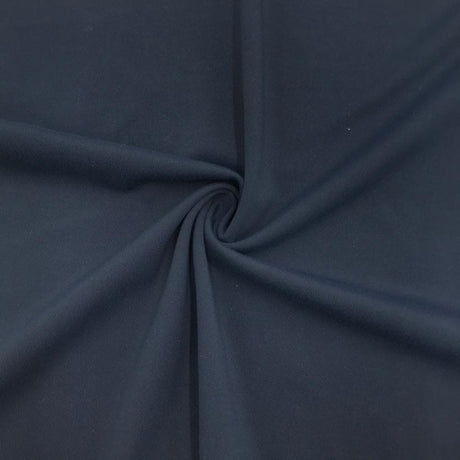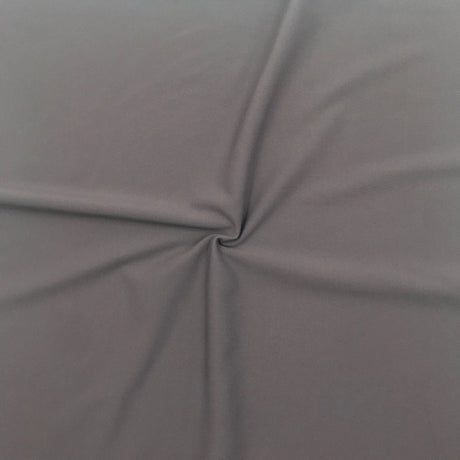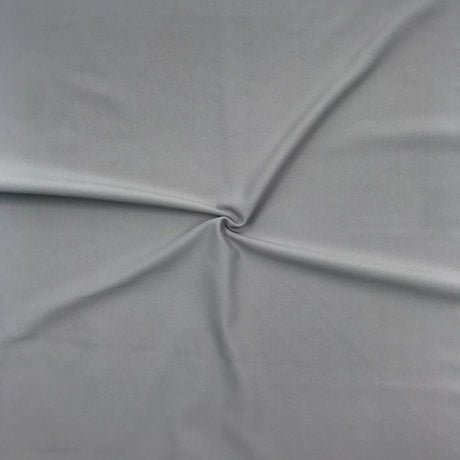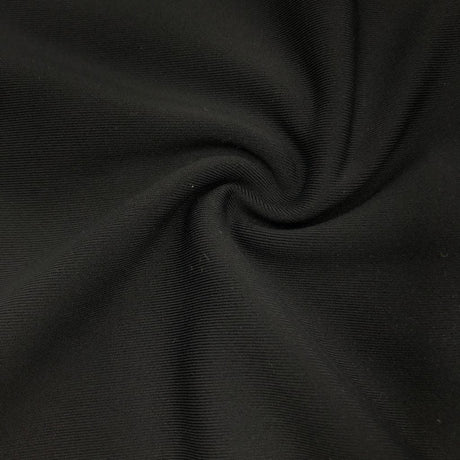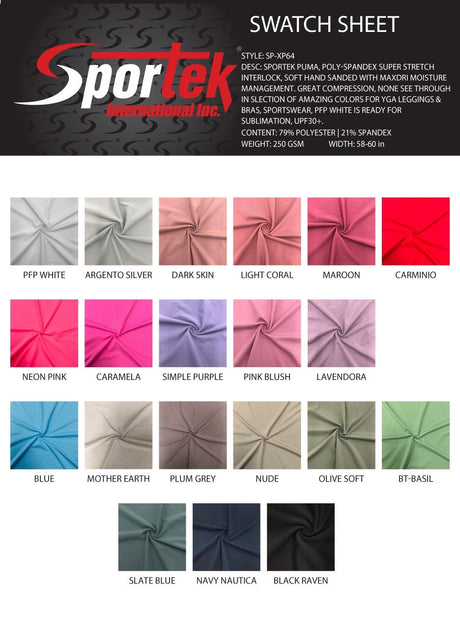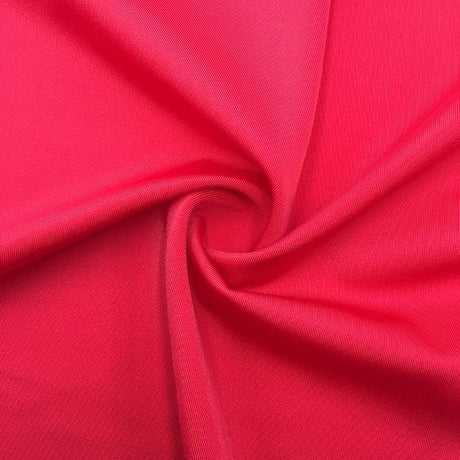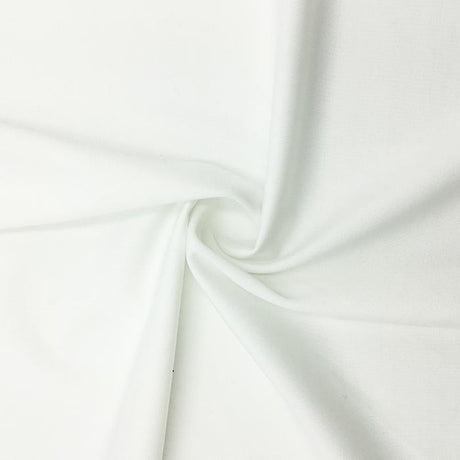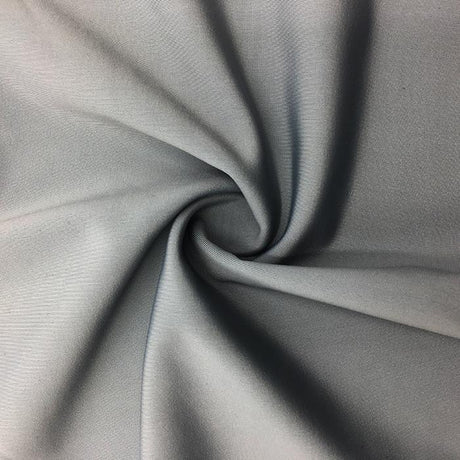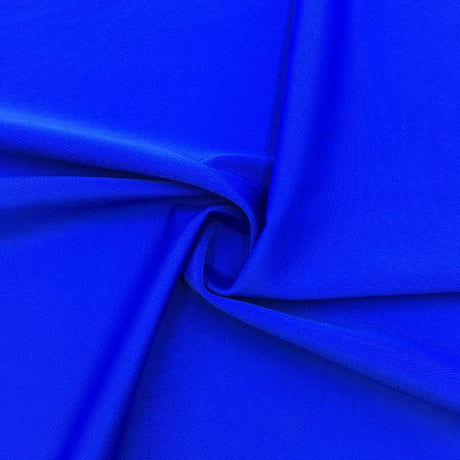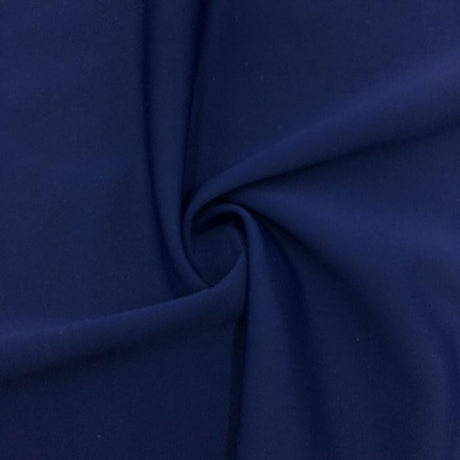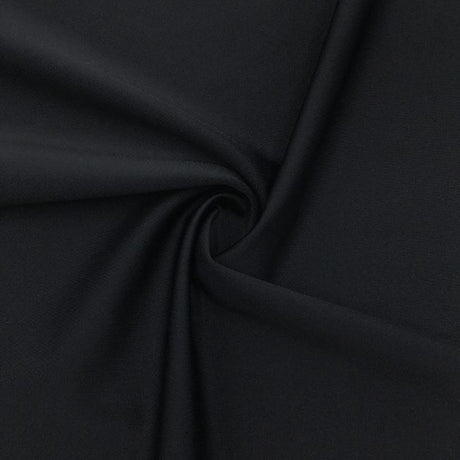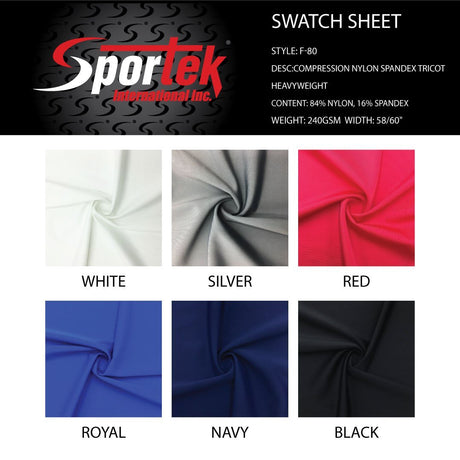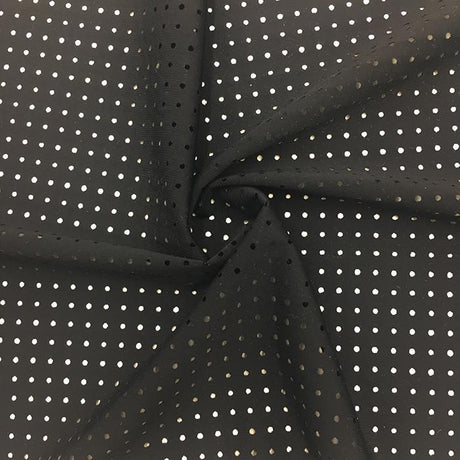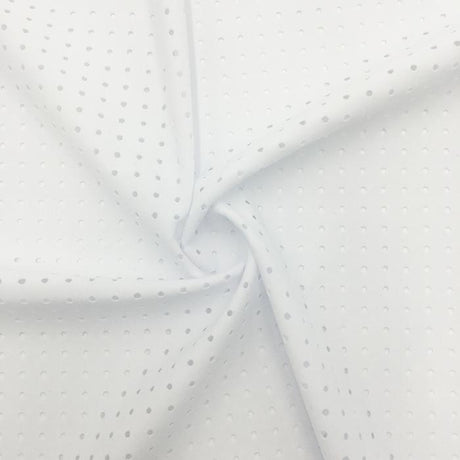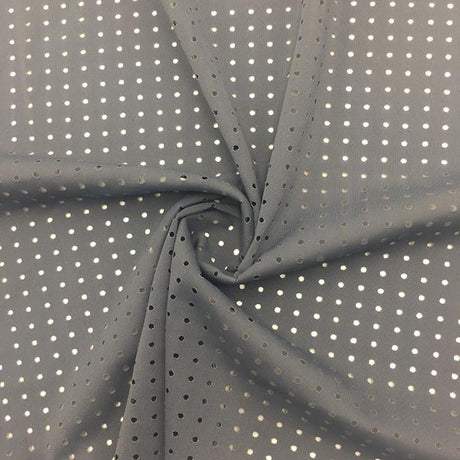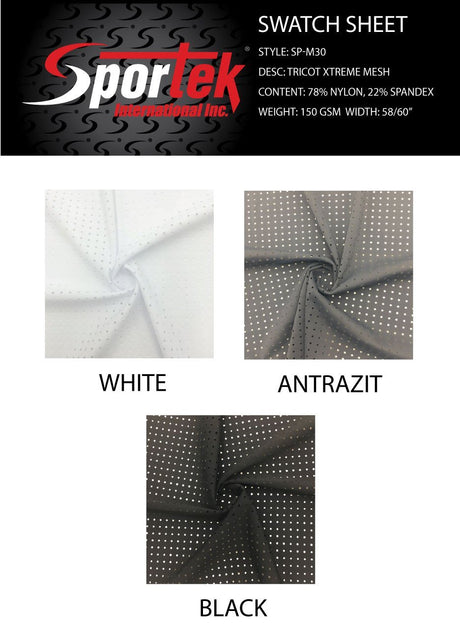Have you ever wondered why some spandex garments feel incredibly supportive while others offer a barely-there sensation? Or why a specific activewear piece seems to outlast all others in your closet? The secret often lies in two fundamental yet frequently misunderstood properties of the fabric: density and weight.
Understanding the intricate relationship between spandex density, weight, and ultimately, its performance, is crucial. Whether you're a designer sourcing the perfect fabric for your next collection, a small business owner navigating bulk purchases, or simply a conscious consumer eager to make informed choices, this comprehensive guide will unravel the mysteries of spandex's physical characteristics and their profound impact on its application and longevity. We'll delve into what these terms truly mean, how they're measured, and most importantly, how they dictate the fabric's feel, functionality, and overall quality.
What is Spandex Density? Unpacking the Fabric's Inner Structure
When we talk about spandex density, we're referring to how tightly woven or knitted the fibers are within a given area of the fabric. It's about the compactness of the material, not necessarily its thickness. Imagine two fishing nets of the same size: one with very small, close-together holes, and another with larger, more spaced-out holes. The first net would be denser.
In textile manufacturing, density is often assessed by counting the number of threads (in woven fabrics) or stitches (in knitted fabrics) per unit of measurement, such as threads per inch (TPI). While not always explicitly listed for consumers, understanding density's role is vital as it directly influences several key fabric attributes:
- Strength and Durability: Denser spandex fabrics generally boast superior strength and resistance to tearing and abrasion. With more fibers packed into a smaller space, the fabric can withstand greater stress and wear, making it ideal for high-performance applications where longevity is paramount.
- Opacity (Coverage): A higher density typically translates to better opacity. This is particularly important for activewear, swimwear, and intimate apparel where complete coverage is desired to prevent the fabric from becoming sheer, especially when stretched or wet. A less dense fabric might appear somewhat transparent under tension.
- Structure and Shape Retention: Denser spandex tends to offer more structural integrity. It's less prone to sagging or losing its shape over time, even with repeated stretching and washing. This property is critical for compression garments and form-fitting apparel that rely on consistent support.
- Hand Feel and Drape: While density contributes to a more substantial feel, it can also influence the fabric's drape. A very dense fabric might feel stiffer or more structured, whereas a lower density allows for a softer, more fluid drape, which might be preferred for certain fashion applications.
- Resistance to Pilling and Snagging: A tightly constructed, denser fabric is often more resistant to pilling (the formation of small fuzz balls on the surface) and snagging, as individual fibers are more securely integrated into the fabric structure.
Consider a high-performance compression legging. Its ability to provide firm support, remain opaque during deep squats, and resist wear-and-tear through countless workouts is largely due to its high fabric density. Conversely, a lightweight, breathable yoga top might feature a less dense spandex blend to prioritize maximum airflow and freedom of movement, even if it means a slightly more delicate feel.
What is Spandex Weight? Understanding GSM and Its Significance
While density refers to how tightly packed the fibers are, spandex weight typically refers to the mass of the fabric per unit area. The universally accepted standard for measuring fabric weight is GSM (Grams per Square Meter). This metric tells you how much one square meter of a particular fabric weighs in grams.
How is GSM Measured? Fabric manufacturers often use a circular cutting device to precisely cut a 100 square centimeter (or other standard area) sample from a roll of fabric. This sample is then weighed, and the result is scaled up to determine the weight per square meter. This standardized measurement allows for consistent comparison across different fabrics and batches.
The GSM value provides crucial insights into the fabric's characteristics and its suitability for various applications:
- Drape and Fluidity: Lighter GSM fabrics (e.g., 120-180 GSM) tend to be more fluid, airy, and have a softer drape, making them suitable for flowing garments or layers. Heavier GSM fabrics (e.g., 250-400+ GSM) will be stiffer, more structured, and have a less fluid drape.
- Warmth and Insulation: Generally, higher GSM fabrics offer more warmth and insulation because there's simply more material to trap air. This makes them ideal for cooler weather activewear or outerwear.
- Durability and Longevity: Similar to density, a higher GSM often correlates with increased durability. More material means greater resistance to wear, tear, and stretching out over time. This is why heavy-duty activewear and upholstery often use high GSM fabrics.
- Opacity and Coverage: Higher GSM fabrics are almost always more opaque than lower GSM fabrics of the same composition. This is a primary consideration for garments where modesty and coverage are essential.
- Comfort and Hand Feel: The "hand feel" of a fabric—how it feels to the touch—is significantly influenced by its weight. Lightweight spandex can feel silky and barely-there, while heavier weights feel more substantial, supportive, or even compressive.
- Cost: As a general rule, fabrics with a higher GSM tend to be more expensive because they require more raw material (spandex fibers and accompanying fibers like nylon or polyester) to produce.
Understanding the Weight Spectrum of Spandex:
- Lightweight Spandex (Approx. 120-180 GSM):
- Characteristics: Thin, breathable, highly flexible, often semi-sheer when stretched.
- Best For: Lightweight activewear (e.g., summer running tops, basic leggings for low-impact activities), lingerie, dancewear, layering pieces, and fashion apparel where a soft drape is desired.
- Mid-Weight Spandex (Approx. 180-250 GSM):
- Characteristics: Good balance of stretch, support, and breathability, generally opaque, versatile.
- Best For: General activewear (e.g., yoga pants, gym leggings, sports bras), everyday wear, children's clothing, and some types of swimwear. This is often the "sweet spot" for many applications.
- Heavy-Weight Spandex (Approx. 250-400+ GSM):
- Characteristics: Substantial, highly supportive, excellent compression properties, very opaque, extremely durable.
- Best For: High-performance compression wear, serious athletic apparel (e.g., cycling shorts, wrestling singlets), durable swimwear, medical compression garments, and some upholstery applications.
The Interplay: How Density and Weight Work Together for Optimal Performance
While density and weight are distinct properties, they are intrinsically linked and often work in tandem to define the final characteristics and performance of a spandex fabric. You can have a lightweight fabric that is still quite dense (e.g., a very fine knit with thin, tightly packed yarns), or a heavy fabric that is less dense if it uses thicker but more loosely spaced yarns. However, typically, a higher weight (GSM) often implies a higher density, as more material per square meter usually means a tighter construction.
Let's explore this synergy through practical examples:
- Lightweight and Low-Density Spandex:
- Feel: Silky, airy, very flexible.
- Performance: Maximum breathability, excellent for layering, offers great freedom of movement. May offer less support and can be more prone to sheerness when stretched aggressively.
- Ideal Use: Lightweight summer activewear, fashion blouses, comfortable sleepwear, very light lingerie.
- Mid-Weight and Medium-Density Spandex:
- Feel: Soft yet substantial, good body.
- Performance: A balanced combination of comfort, support, and durability. Good opacity for most uses. Offers a versatile middle ground.
- Ideal Use: Everyday leggings, general gym wear, athletic shorts, base layers for moderate temperatures, casual dresses.
- Heavy-Weight and High-Density Spandex:
- Feel: Firm, supportive, often with a smooth, almost "technical" hand feel.
- Performance: Superior compression, excellent opacity, maximum durability, strong shape retention, often provides muscle support and reduces fatigue. Can be less breathable.
- Ideal Use: High-impact activewear, compression socks and garments, professional swimwear, cycling apparel, wrestling singlets, performance dancewear.
|
GSM Range |
Typical Characteristics |
Common Applications |
|
120-180 |
Very lightweight, highly breathable, delicate |
Lightweight tops, dancewear, intimate apparel, lining |
|
180-220 |
Light to medium weight, good drape, comfortable |
Yoga wear, casual leggings, basic activewear, dresses |
|
220-280 |
Medium to heavy weight, good support, opaque |
Performance leggings, sports bras, swimwear, cycling shorts |
|
280-350+ |
Heavy, high compression, very durable, opaque |
Compression wear, medical garments, heavy-duty activewear |
Specific Applications: Choosing Spandex by Density and Weight
Understanding how density and weight influence performance allows for precise fabric selection for specific end uses.
Activewear and Performance Apparel
- Yoga and Pilates: For these activities, the focus is on flexibility, comfort, and unrestrictive movement. A mid-weight (180-220 GSM) spandex with medium density is often preferred. It offers sufficient opacity for various poses without feeling overly compressive or restrictive. Think soft, breathable leggings that move with your body.
- Running and High-Impact Workouts: These activities demand more support, moisture-wicking capabilities, and durability. Mid to heavy-weight (220-280 GSM) spandex with higher density is ideal. This provides muscle compression, reduces vibrations, and helps with recovery. The increased density also ensures opacity during dynamic movements and resists abrasion from repeated motion.
- Cycling Apparel: Cyclists require strong compression to support muscles and reduce fatigue over long rides. Heavy-weight (280-350+ GSM) spandex with very high density is the go-to choice. This ensures firm support, excellent durability against saddle friction, and full opacity.
- Swimwear: Spandex is crucial for swimwear due to its stretch and quick-drying properties. Heavy-weight (250-320 GSM) spandex with high density is necessary for swimsuits. This provides excellent shape retention even when wet, resistance to chlorine (especially when combined with nylon), and crucial UV protection. The density ensures no sheerness when submerged.
Fashion and Everyday Wear
- Leggings and Jeggings: The ideal GSM can vary widely here depending on the desired look and feel. For a comfortable, second-skin feel, mid-weight (180-220 GSM) is common. For more structured "jegging" styles that mimic denim, a heavier (250+ GSM) spandex blend offers better opacity and hold.
- Bodycon Dresses and Skirts: These garments rely on spandex for their form-fitting nature. Mid to heavy-weight (200-280 GSM) spandex with good density provides the necessary structure, drape, and opacity to flatter the figure without clinging unflatteringly.
- Underwear and Lingerie: Here, lightweight (120-180 GSM) spandex with a delicate feel is often chosen for comfort and breathability. While density might be lower, the focus is on softness and stretch rather than heavy support.
- Draping Tops and Blouses: For flowy, comfortable tops that still offer some stretch, a lightweight (120-160 GSM) spandex blend can be used. The lower density allows for a more fluid drape.
Industrial and Specialized Applications
- Medical Compression Garments: These garments, used for conditions like lymphedema or varicose veins, require precise and sustained pressure. They utilize very heavy-weight (300-400+ GSM) and high-density spandex to deliver consistent, therapeutic compression.
- Upholstery and Furniture Covers: Spandex blends are increasingly used in furniture for their stretch and durability. Heavy-weight (300+ GSM) and high-density spandex is critical here to withstand constant use, resist abrasion, and maintain the shape of the furniture.
- Costumes and Performance Wear: Depending on the desired effect, spandex of varying weights and densities can be used. From lightweight, sheer effects to heavy, structured superhero suits, the choice is dictated by the design's functional and aesthetic needs.
Key Considerations for Choosing Spandex Based on Density and Weight
Making an informed decision about your spandex fabric involves more than just a quick glance. Keep these factors in mind:
- Intended Use/Activity: This is the most critical factor. Are you designing for high-impact sports, casual wear, or specialized medical applications? Each demands a different profile of density and weight.
- Desired Opacity: For leggings, swimwear, or anything that will stretch over the body, opacity is paramount. Opt for higher GSM and denser fabrics to prevent sheerness, especially when wet or under tension.
- Comfort and Hand Feel: How do you want the fabric to feel against the skin? Lightweight spandex is soft and airy, while heavier options are more substantial and supportive. Consider breathability as well; denser fabrics tend to be less breathable.
- Support and Compression Needs: If the garment needs to provide muscle support, enhance blood circulation, or offer a slimming effect, you'll need a higher GSM and denser spandex.
- Seasonal Suitability: Lighter GSM fabrics are ideal for warm weather due to their breathability. Heavier GSM fabrics offer more insulation for cooler climates.
- Durability Requirements: For garments that will undergo frequent washing, intense wear, or high abrasion, investing in a higher density and GSM spandex will pay off in terms of longevity.
- Budget: Generally, fabrics with a higher GSM and often, by extension, higher density, will be more expensive due to the greater amount of raw material used. Balance your budget with performance needs.
- Stretch and Recovery: While not solely determined by density and weight, these properties are influenced. A denser, heavier fabric might have a firmer stretch and better recovery, meaning it snaps back into shape more effectively.
Frequently Asked Questions (FAQ)
Q1: What does GSM stand for and how does it affect spandex? A1: GSM stands for Grams per Square Meter. It's a standard unit of measurement for fabric weight. In spandex, a higher GSM generally means the fabric is thicker, more opaque, more durable, and offers greater compression and support. Lower GSM means the fabric is lighter, more breathable, and typically has a softer drape.
Q2: What is the ideal spandex weight (GSM) for yoga pants? A2: For yoga pants, a mid-weight spandex, typically ranging from 180 GSM to 220 GSM, is often considered ideal. This range provides a good balance of comfort, flexibility, breathability, and sufficient opacity for all poses, without feeling overly restrictive.
Q3: How can I determine the density of spandex fabric? A3: While consumers don't typically measure density directly, you can infer it. Generally, fabrics with a higher GSM (weight) tend to be denser. Visually, a denser fabric will appear more tightly woven or knitted and will be less transparent when held up to the light or stretched. Manufacturers often provide details on fabric construction if density is a key selling point.
Q4: Is heavier spandex always better? A4: Not necessarily. "Better" depends entirely on the intended use. Heavier spandex is better for applications requiring high compression, maximum opacity, and extreme durability (like performance activewear or medical garments). However, for applications where breathability, lightweight comfort, and a flowing drape are priorities (like dancewear or summer tops), lighter spandex would be "better."
Q5: How does fabric density impact the lifespan of a spandex garment? A5: Fabric density significantly impacts the lifespan of a spandex garment. Denser fabrics, with more fibers packed tightly together, are inherently more resistant to abrasion, tearing, pilling, and losing their shape. This increased structural integrity means the garment can withstand more wear, stretching, and washing cycles, leading to a longer overall lifespan compared to less dense fabrics.
Conclusion
The world of spandex fabrics is vast and varied, but by understanding the critical concepts of density and weight (GSM), you gain the power to make truly informed decisions. These two properties are not just technical specifications; they are the fundamental building blocks that determine how a spandex fabric will look, feel, perform, and endure.
Whether you're meticulously selecting material for high-performance athletic wear, seeking the perfect blend for comfortable everyday garments, or simply aiming to be a more knowledgeable consumer, the insights into spandex's density and weight will guide you toward optimal choices. Remember that "best" is always subjective to the application. Armed with this knowledge, you can confidently choose the spandex fabric that perfectly aligns with your project's demands, ensuring both superior quality and unparalleled performance.
For an extensive selection of high-quality spandex fabrics with detailed specifications on weight and composition, explore our collection at SpandexByYard.com. Our experts are always ready to help you find the ideal fabric for your specific needs.

